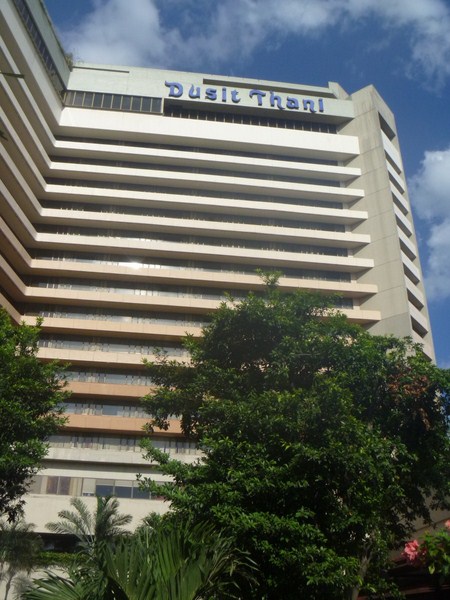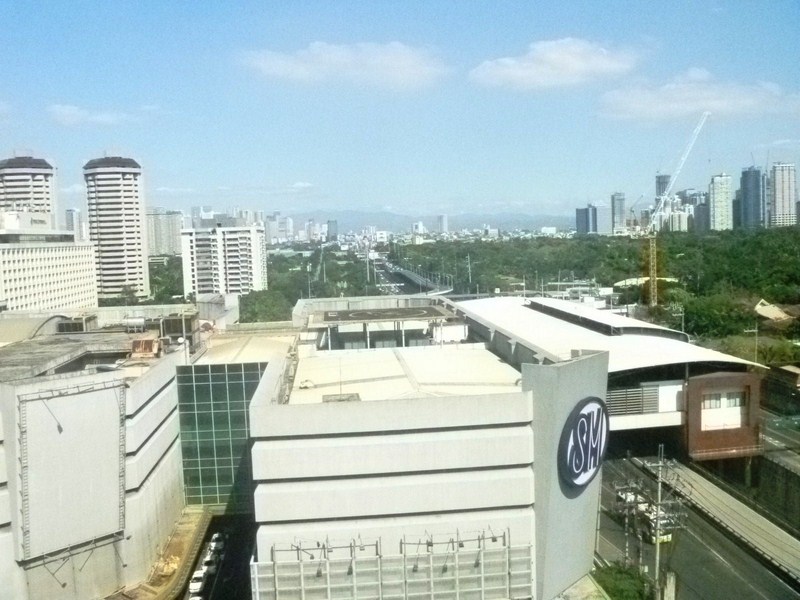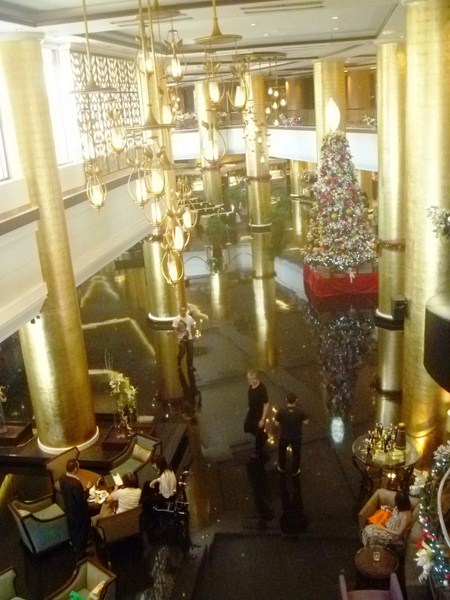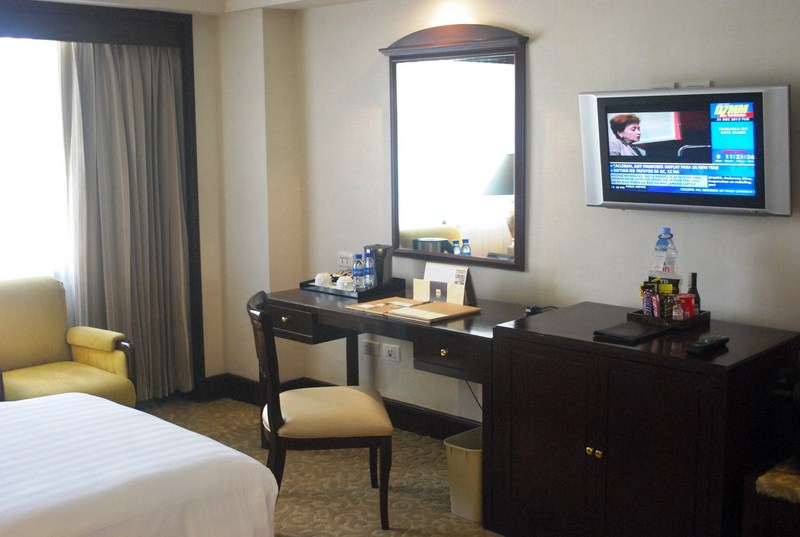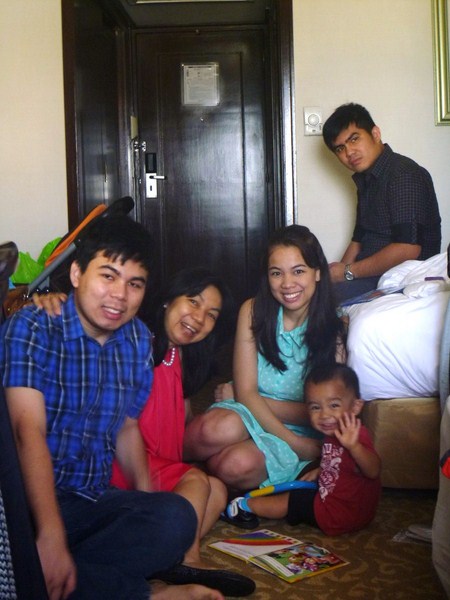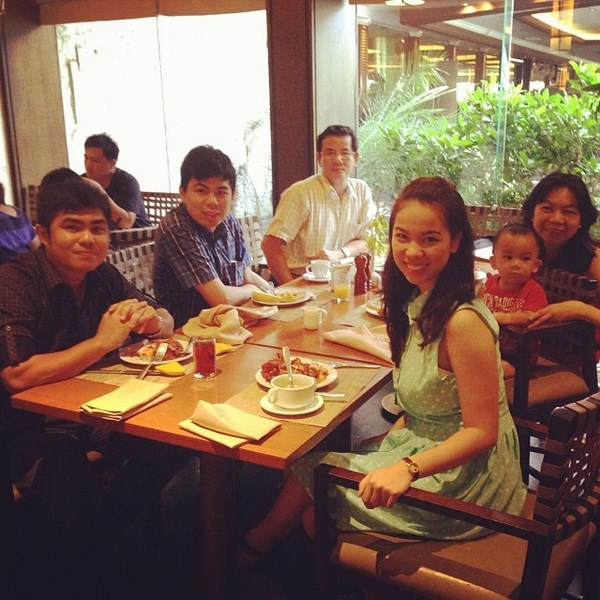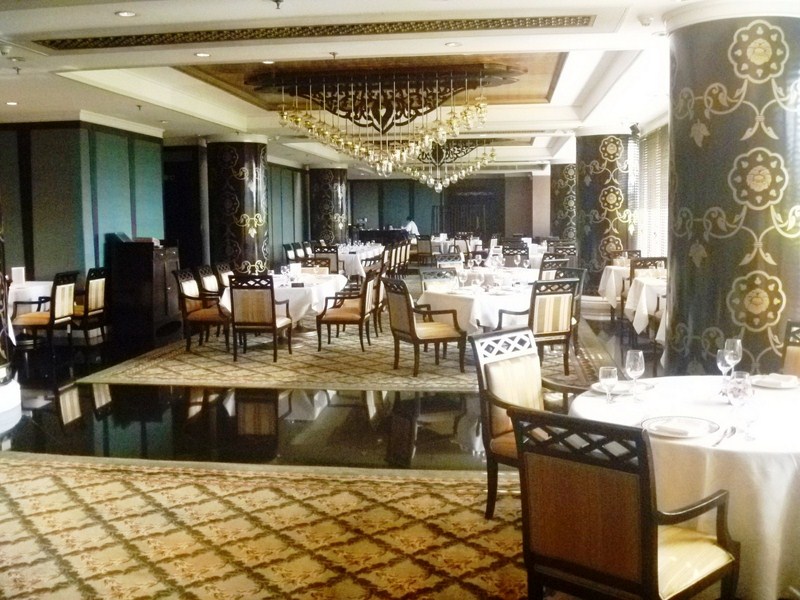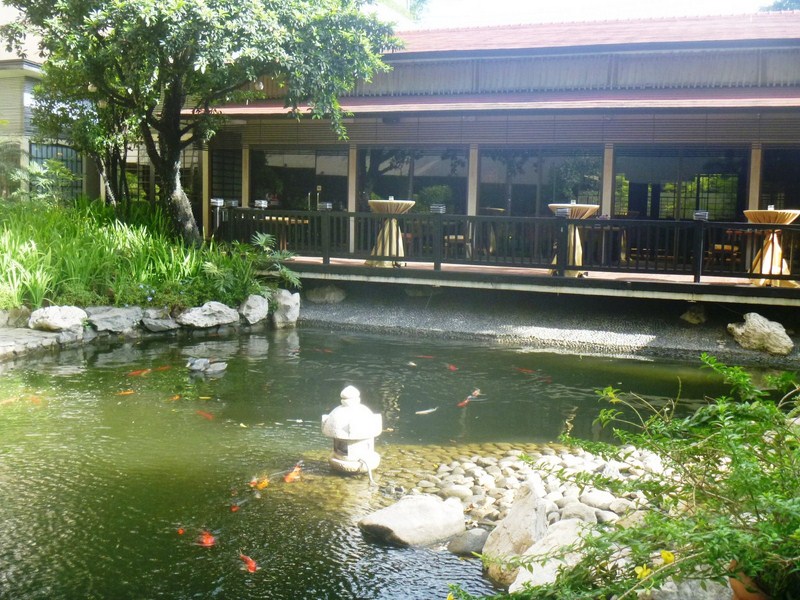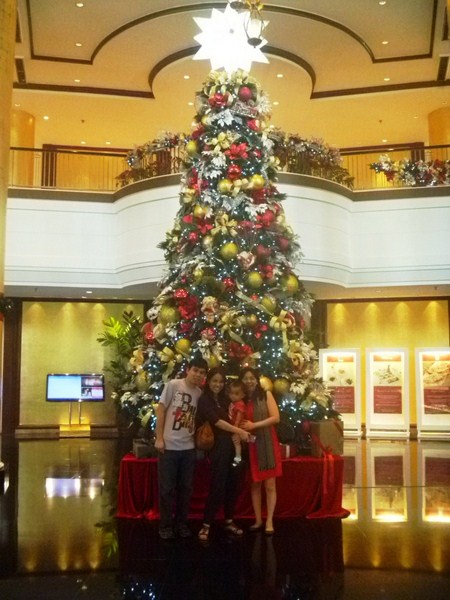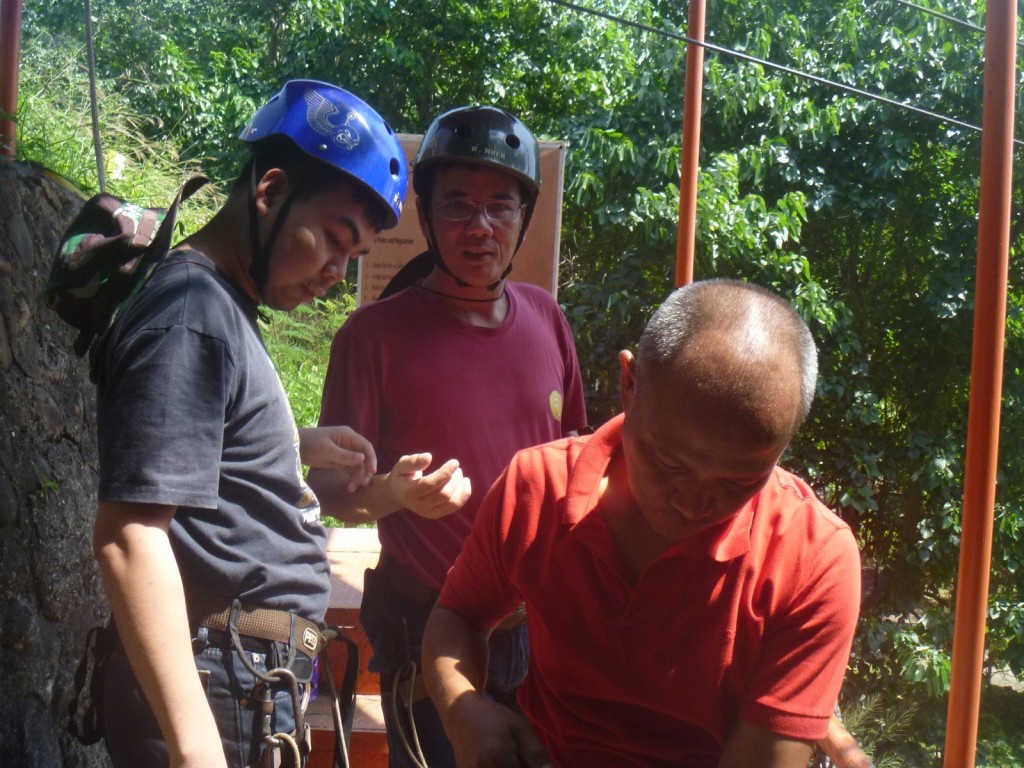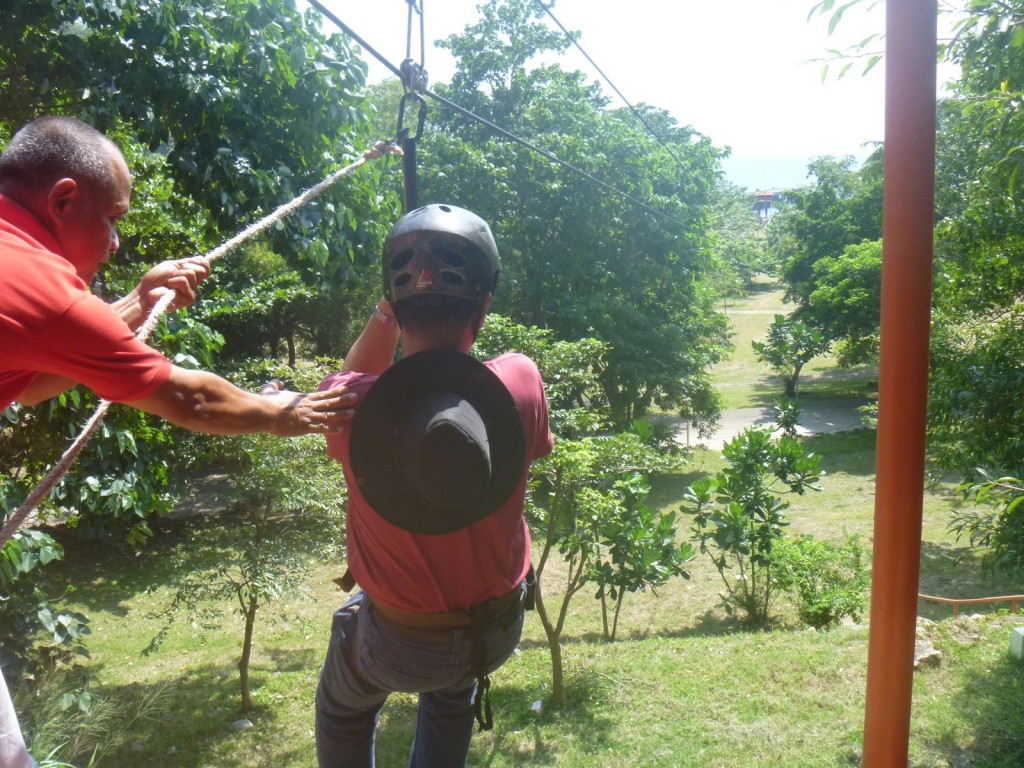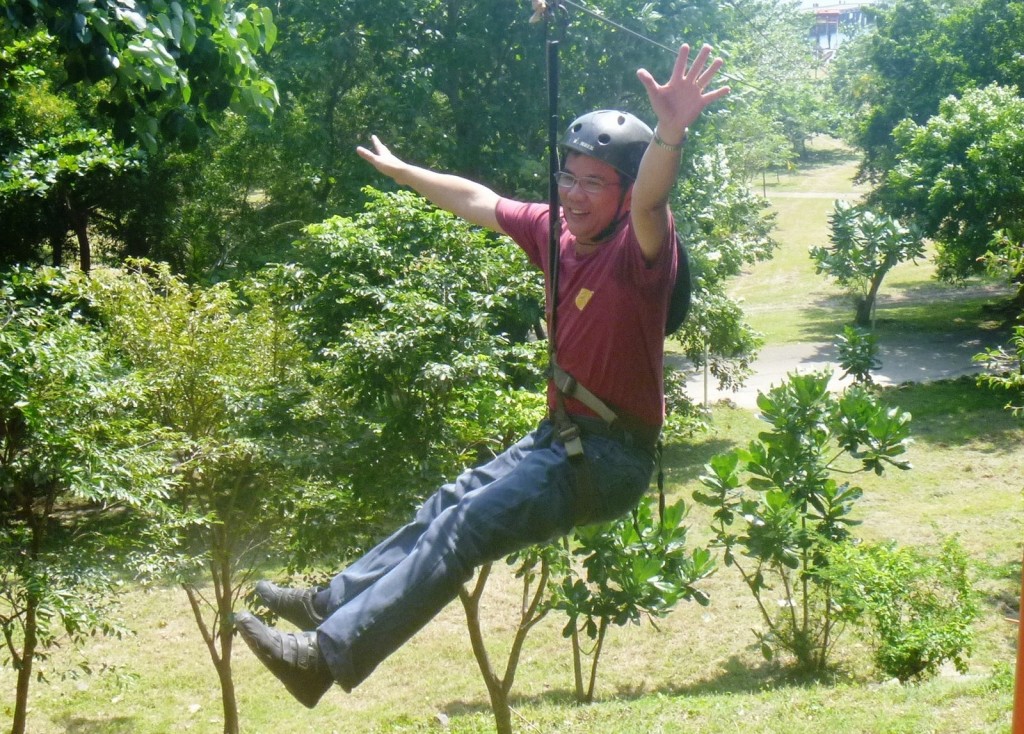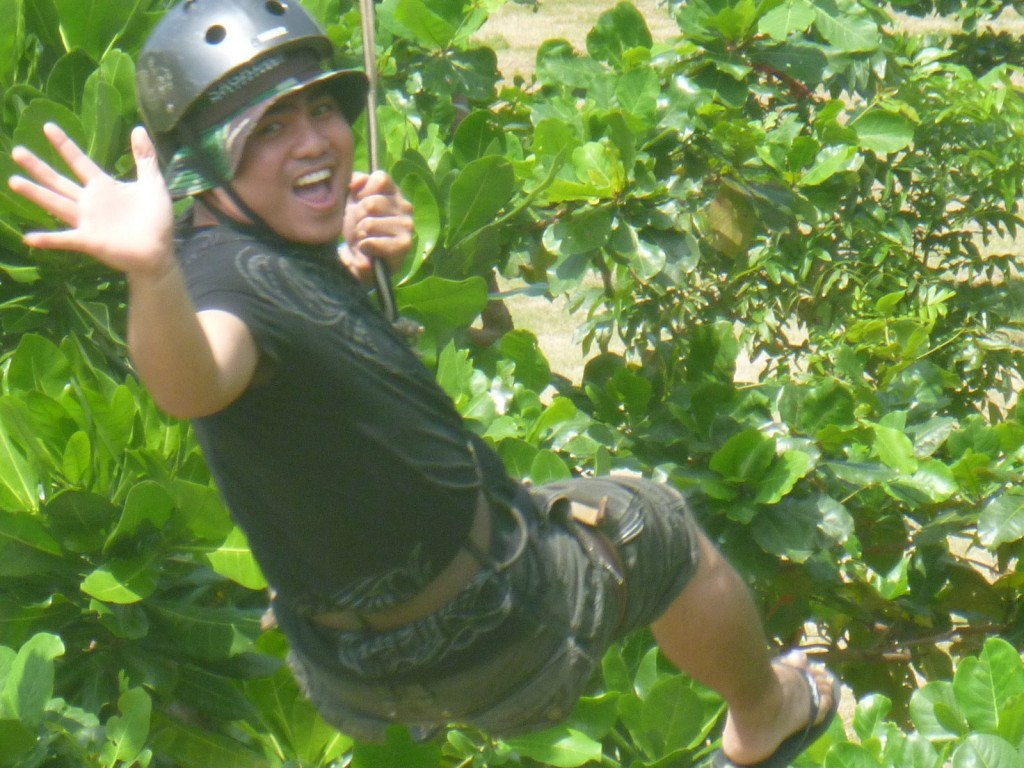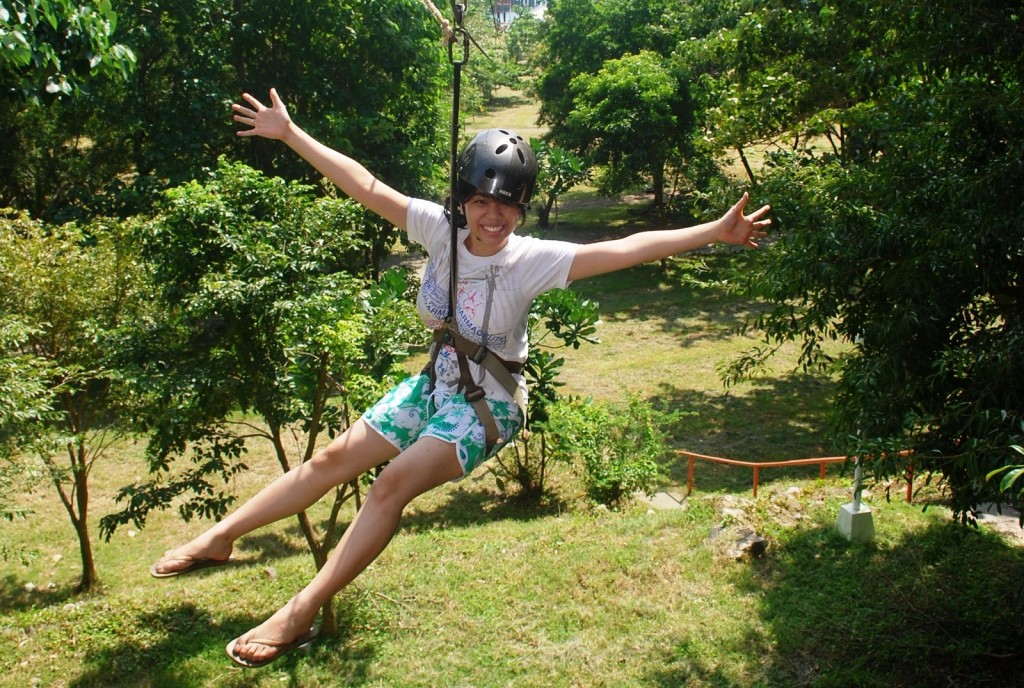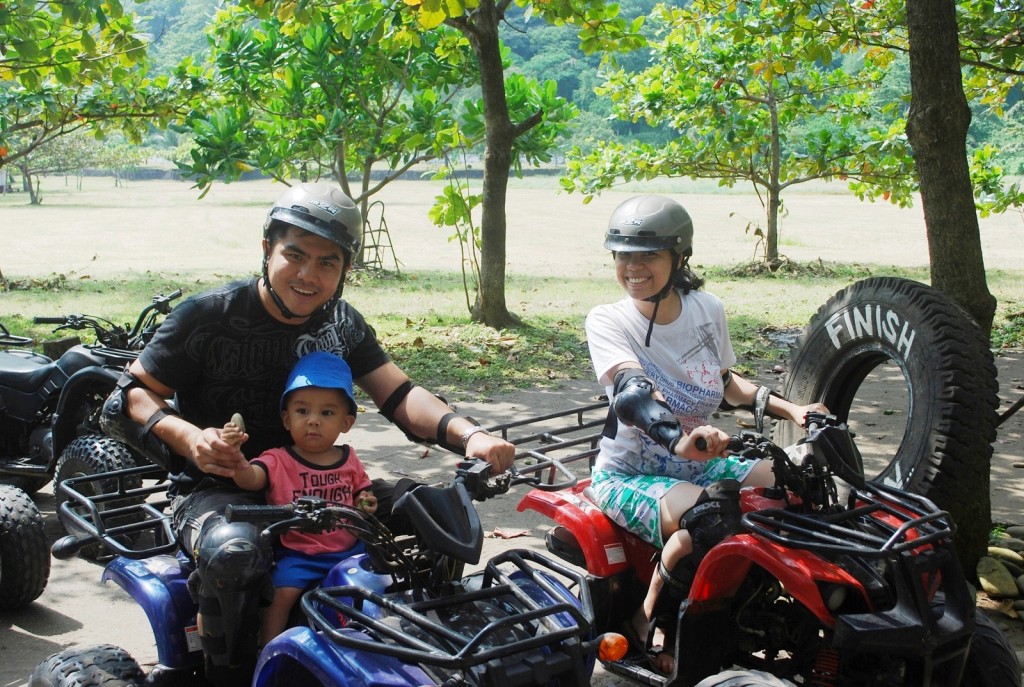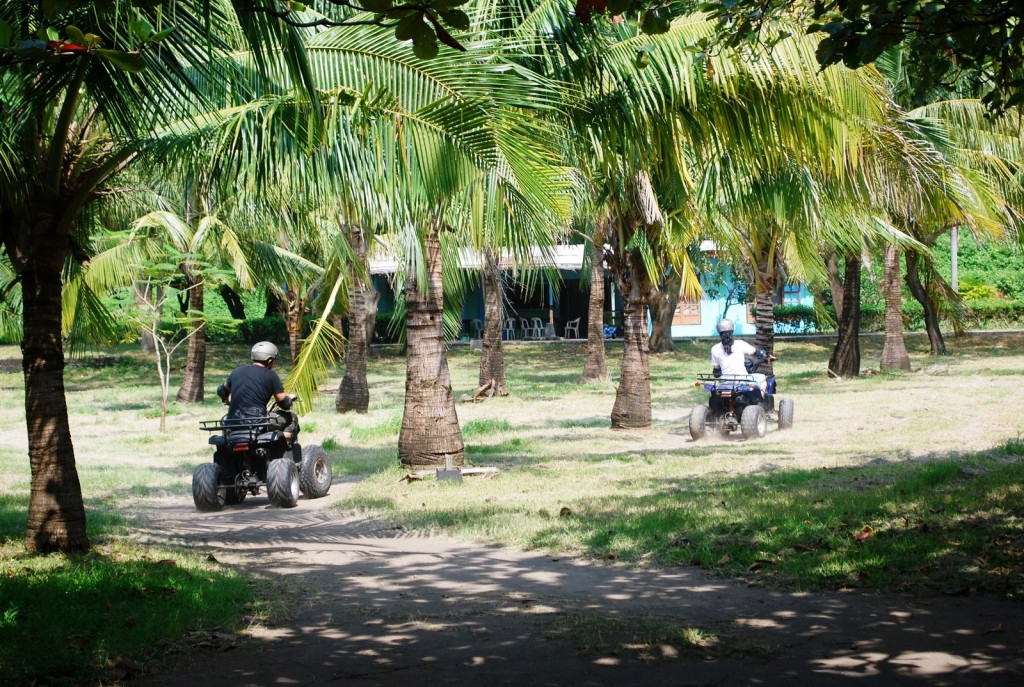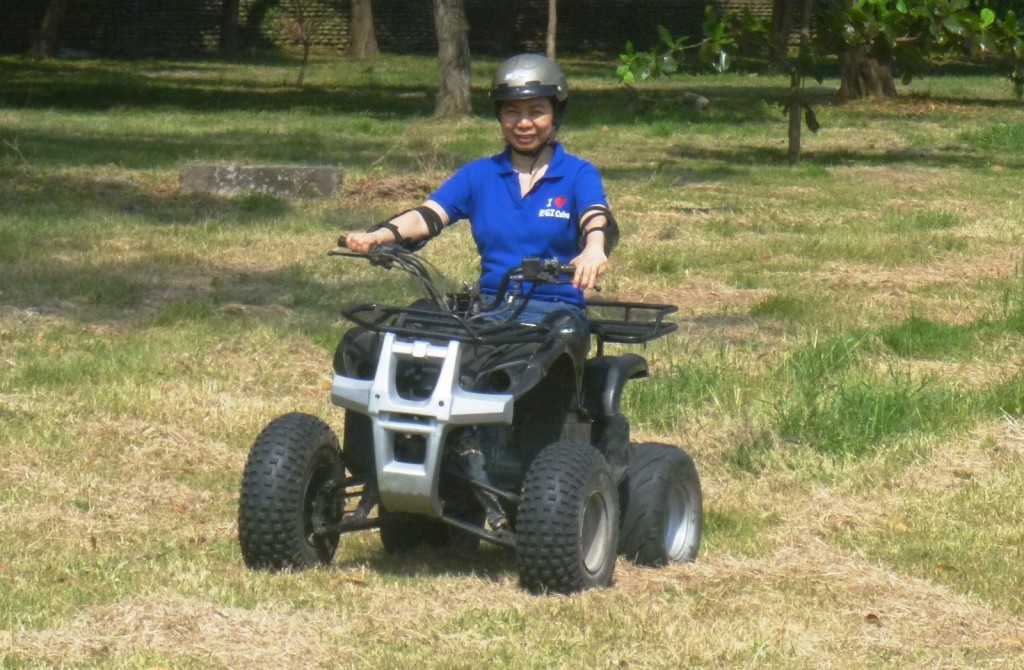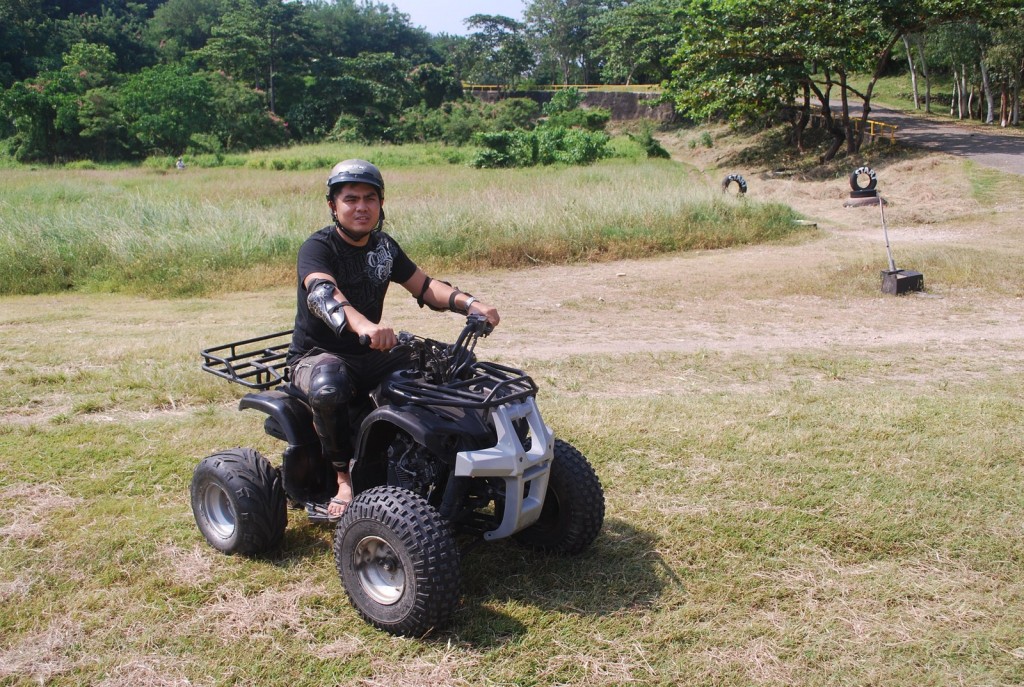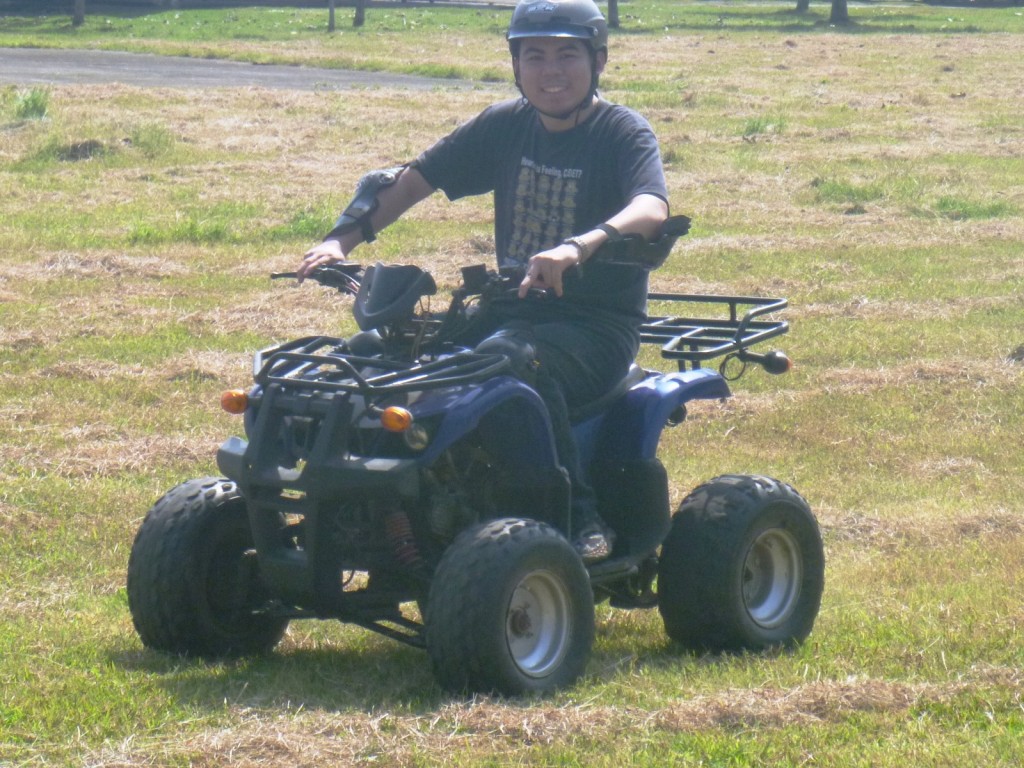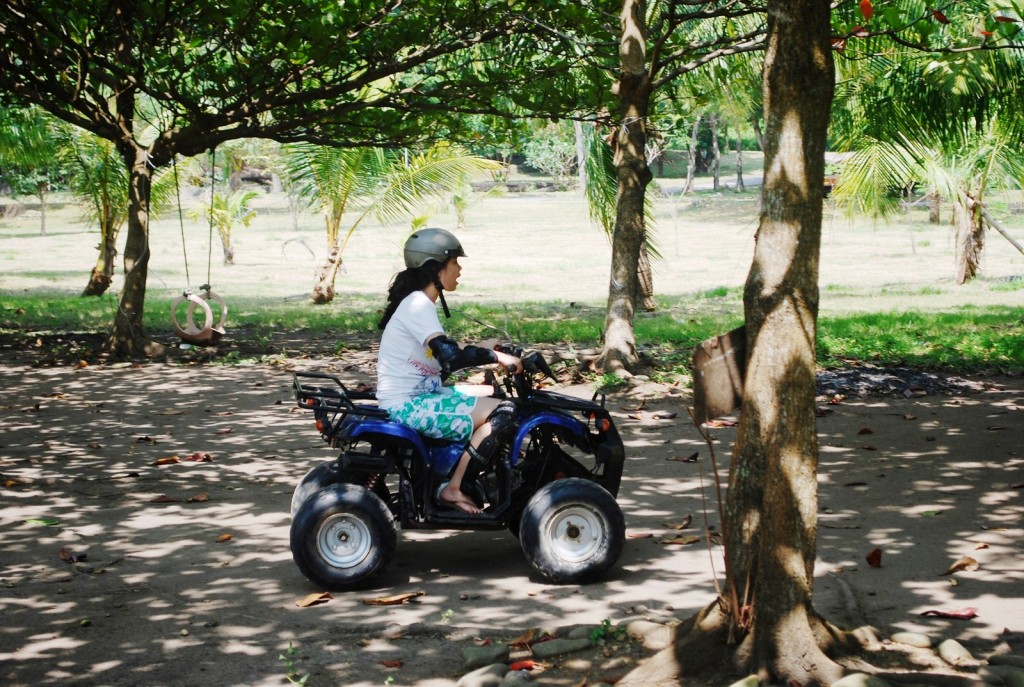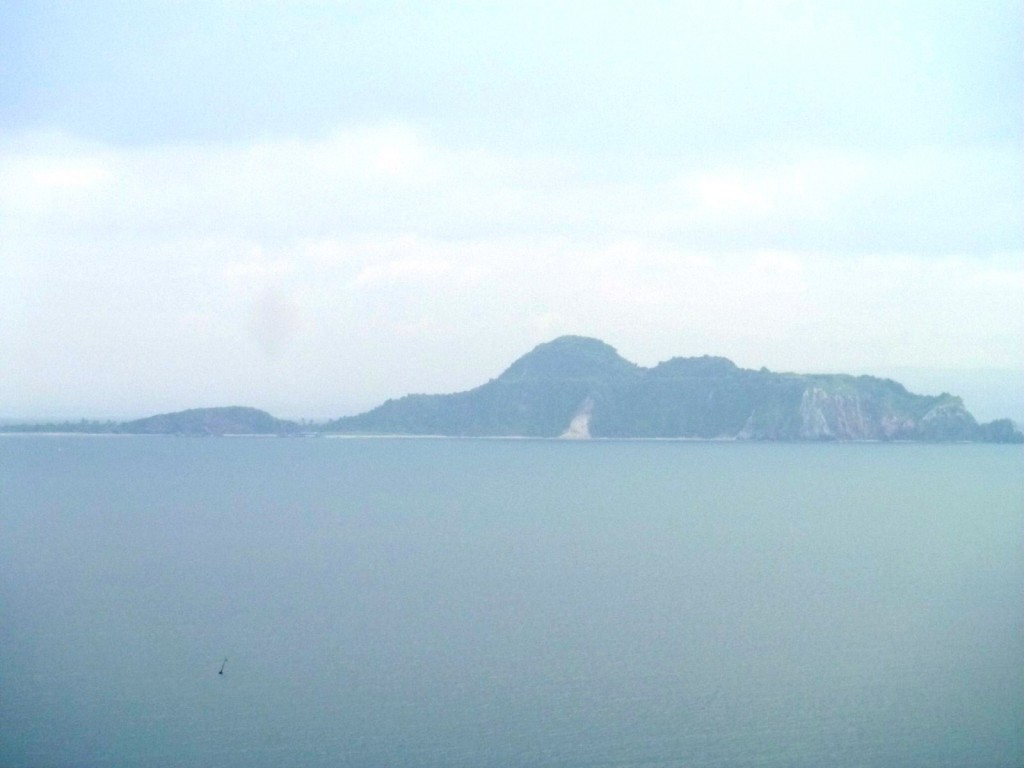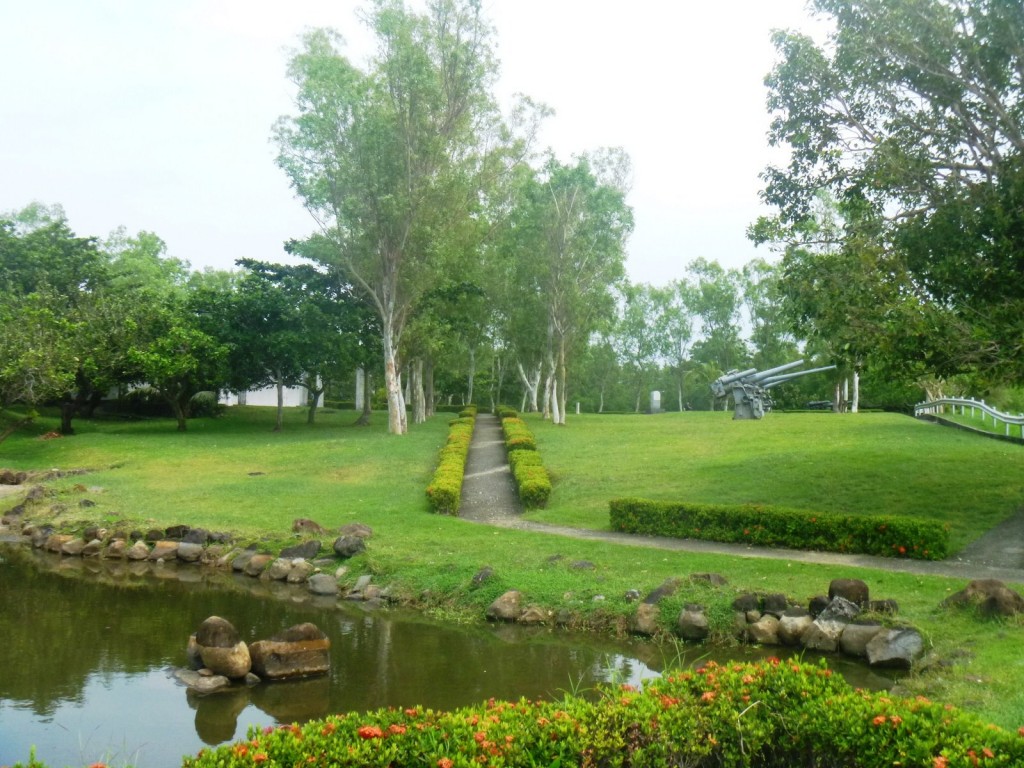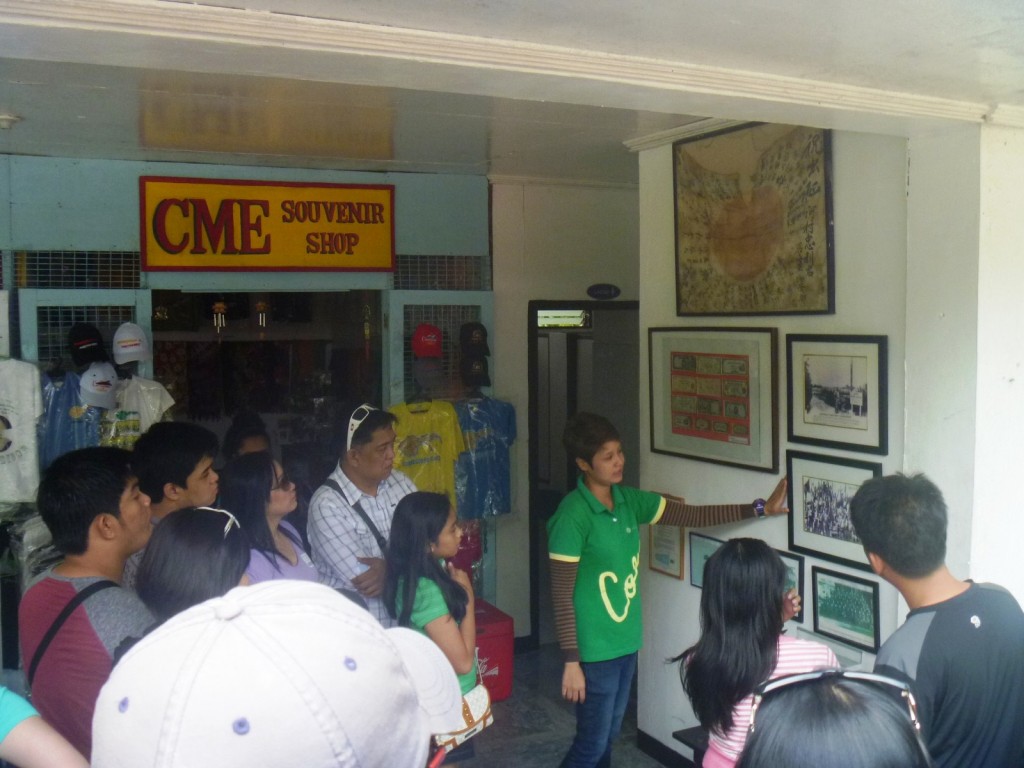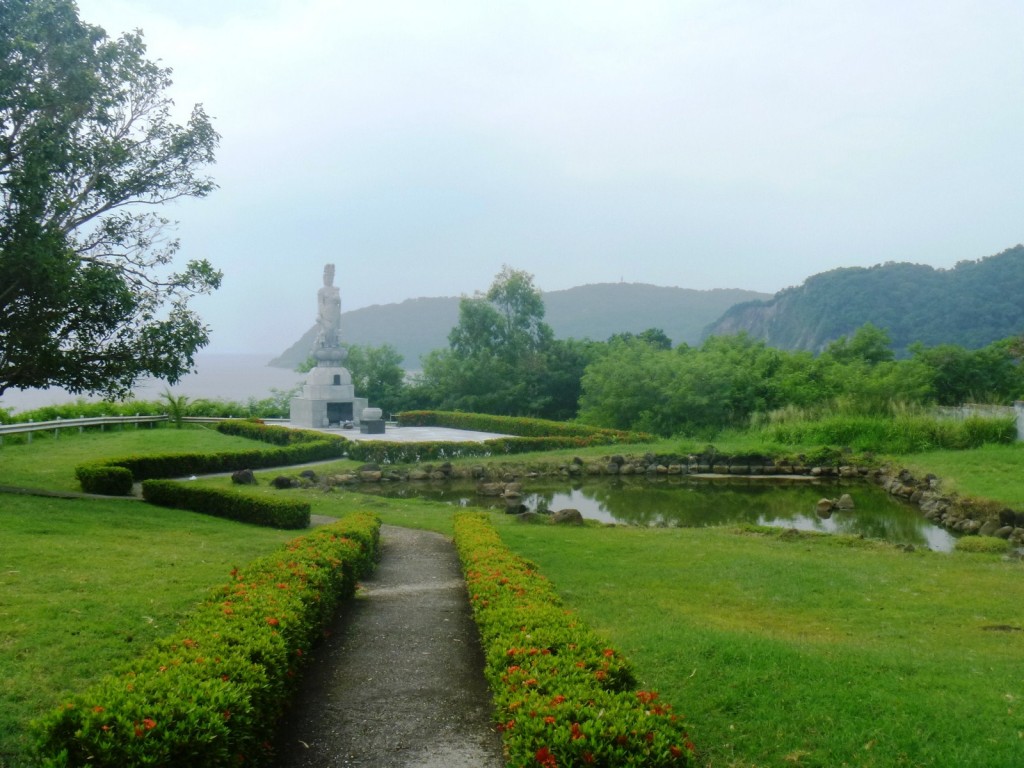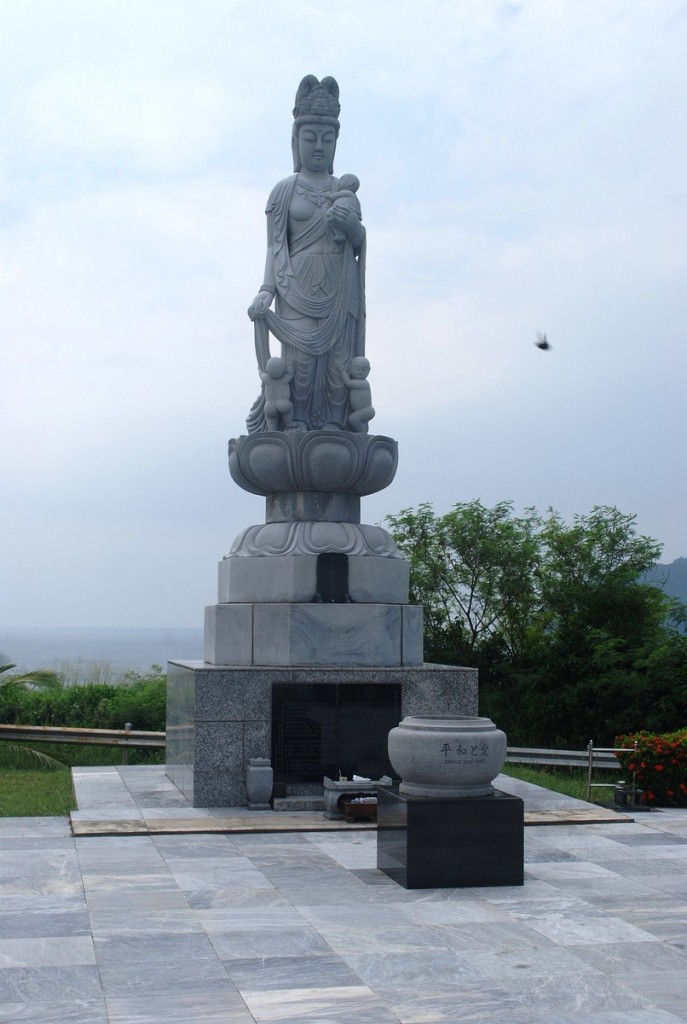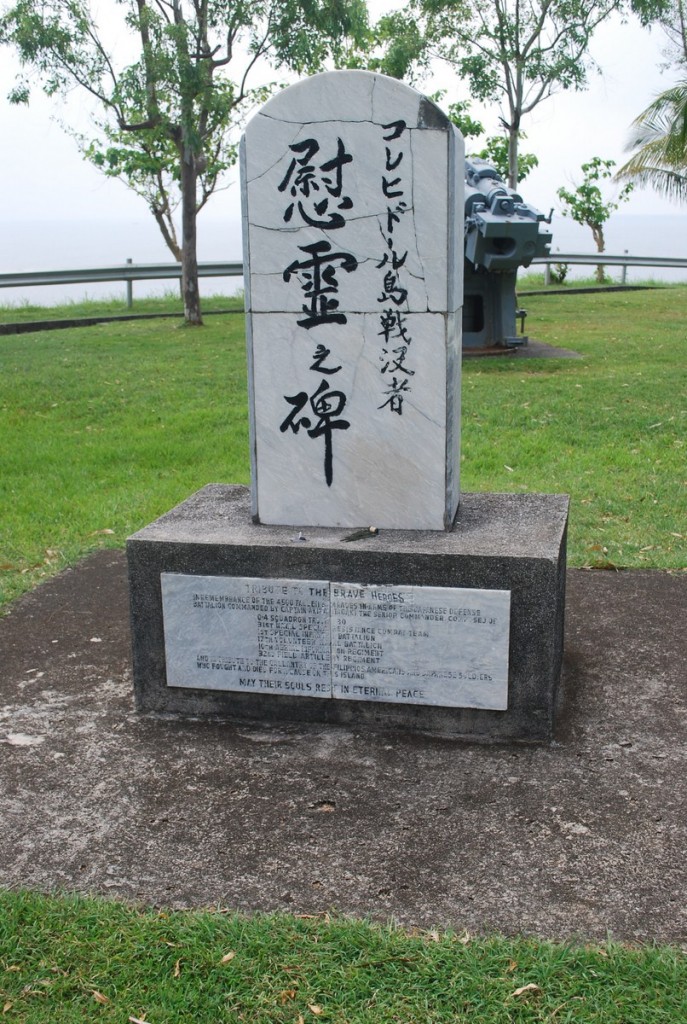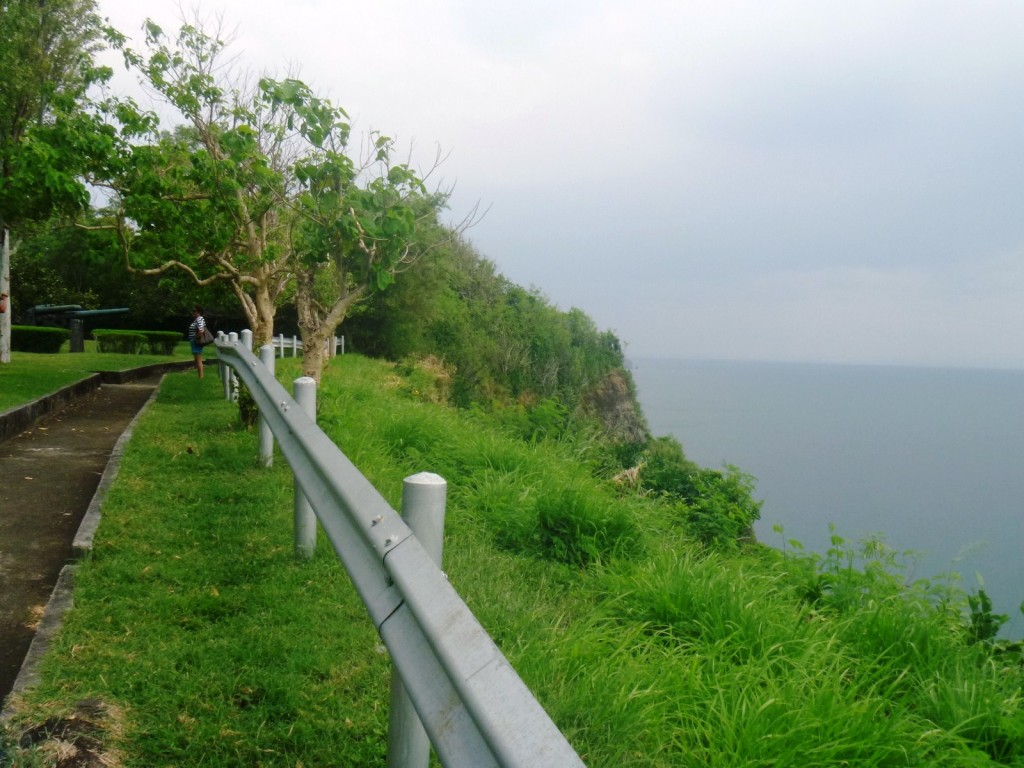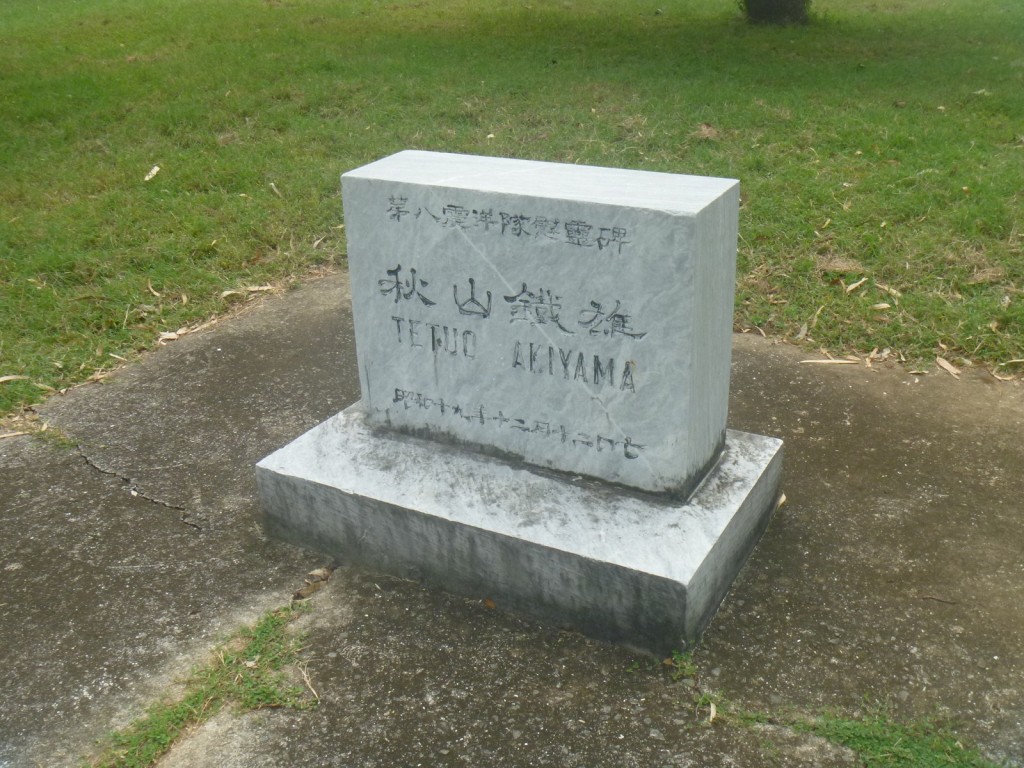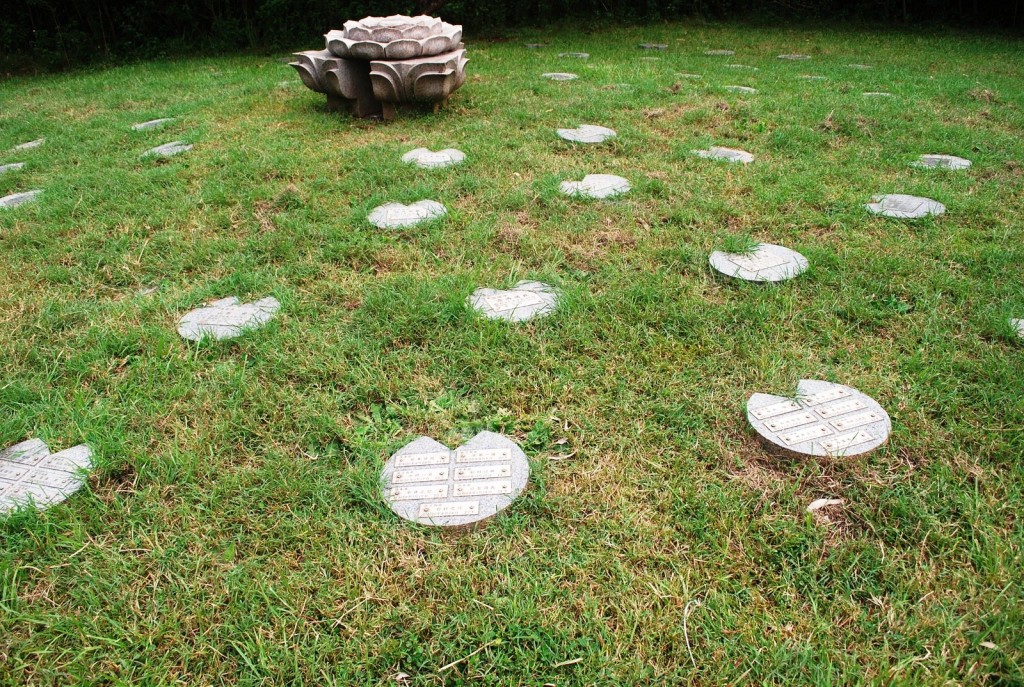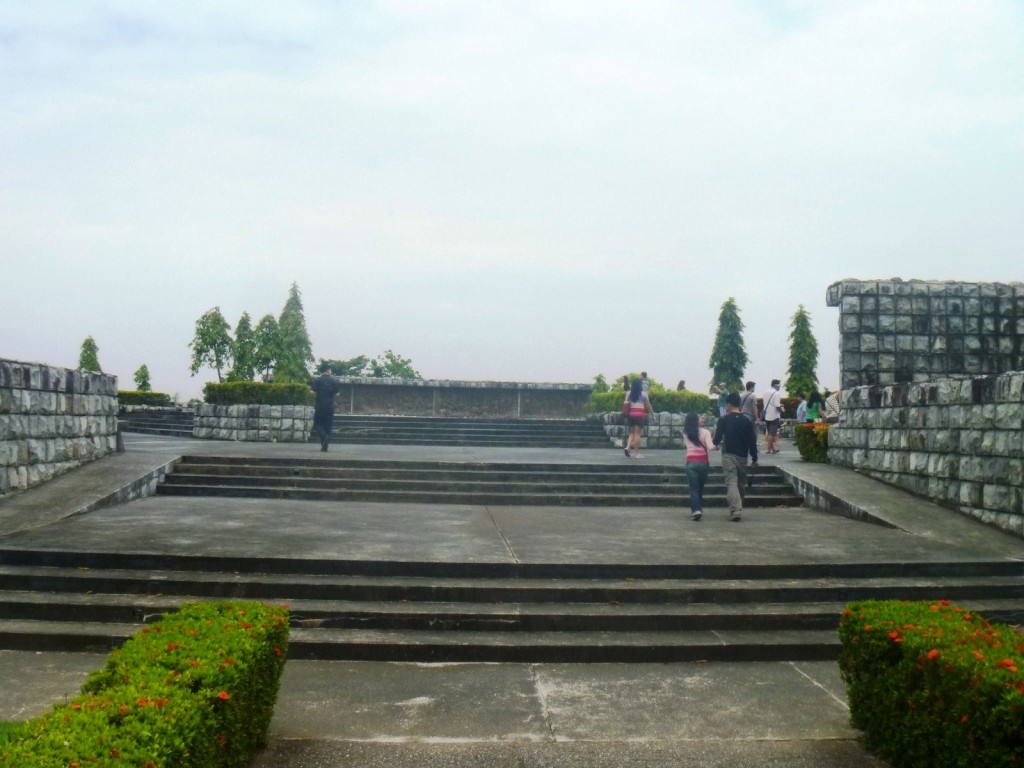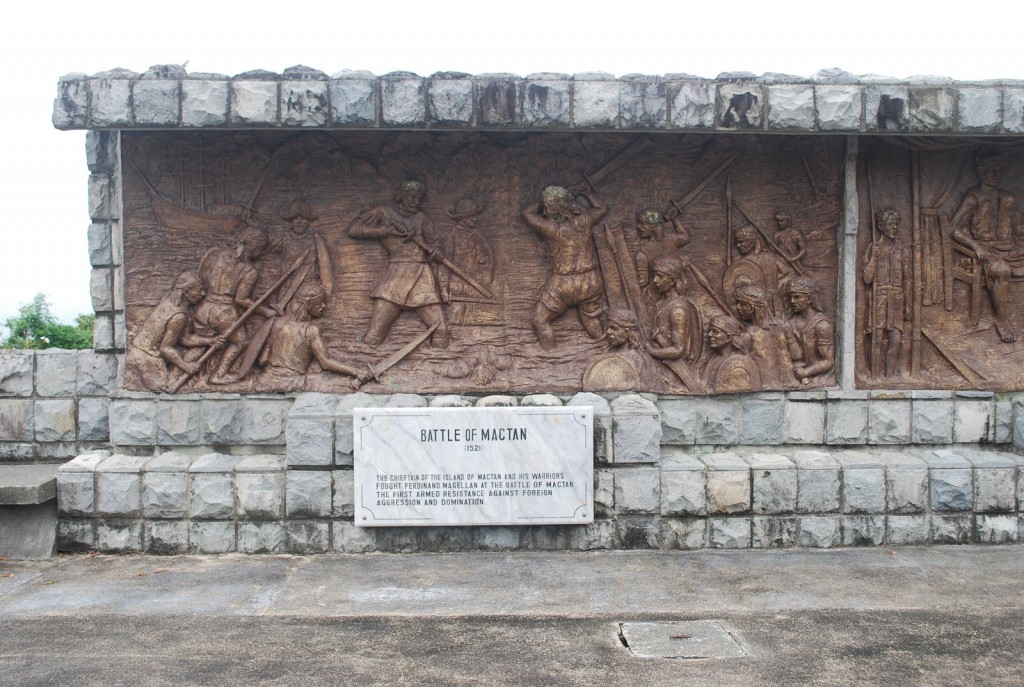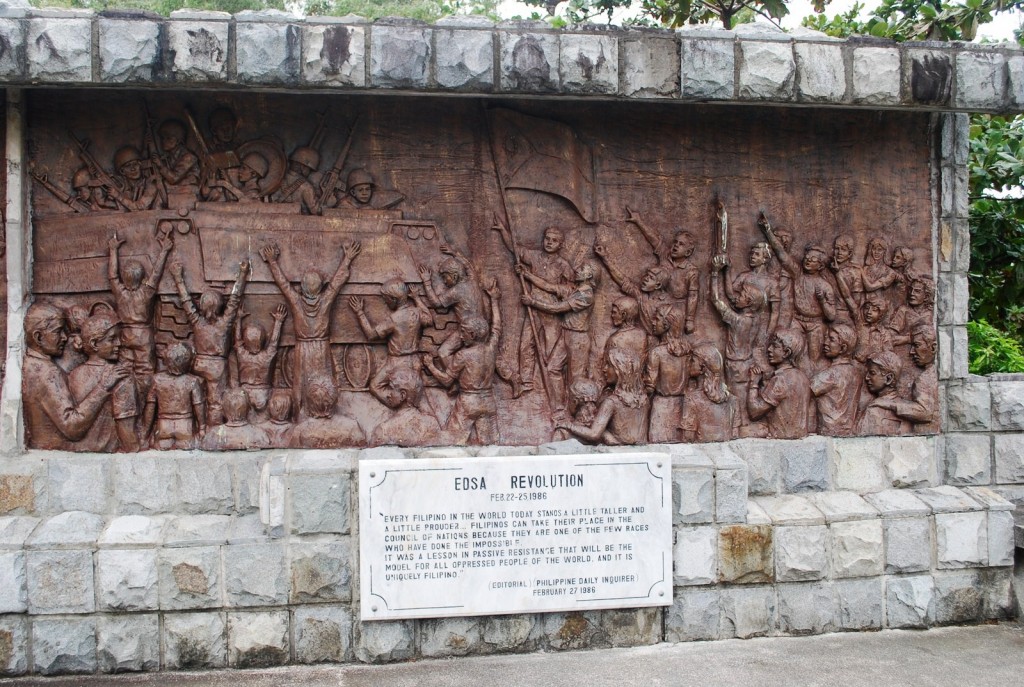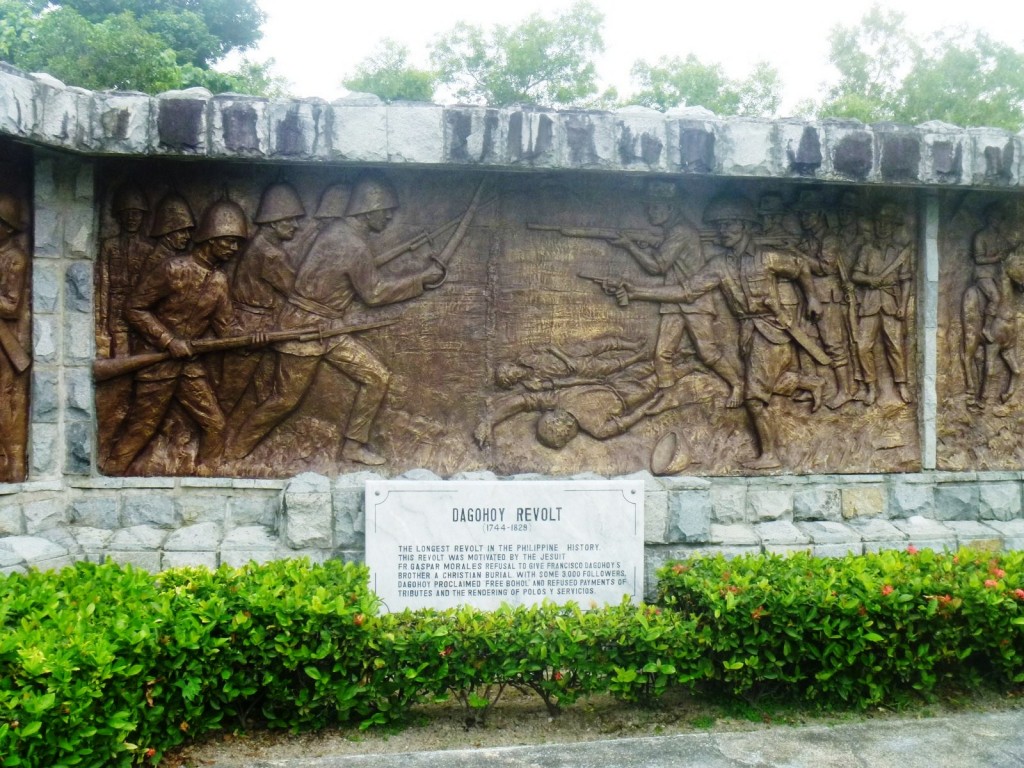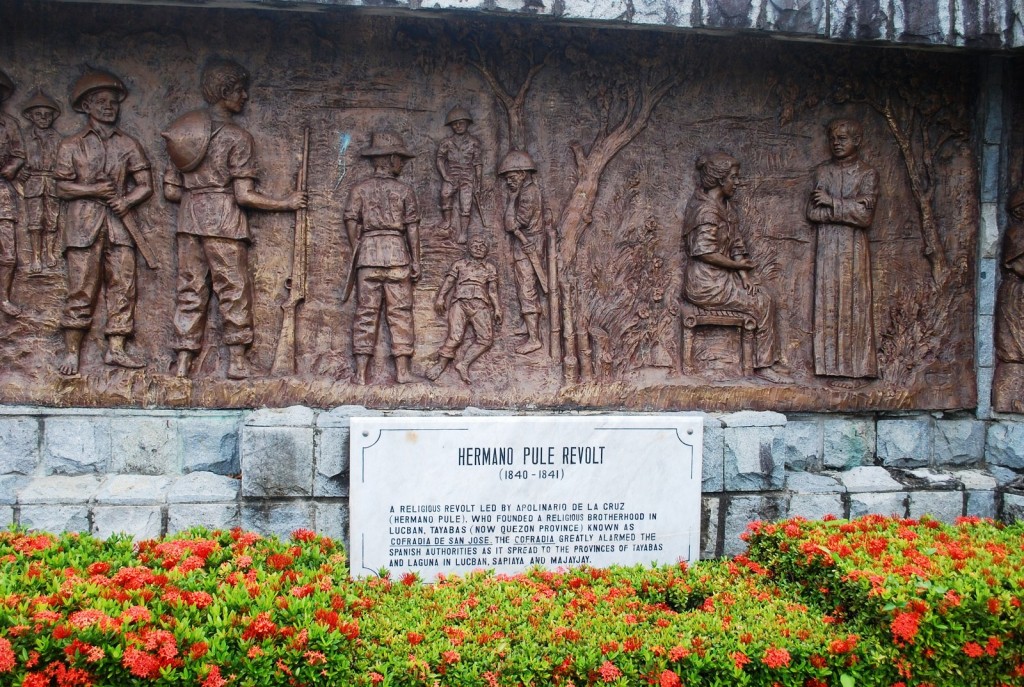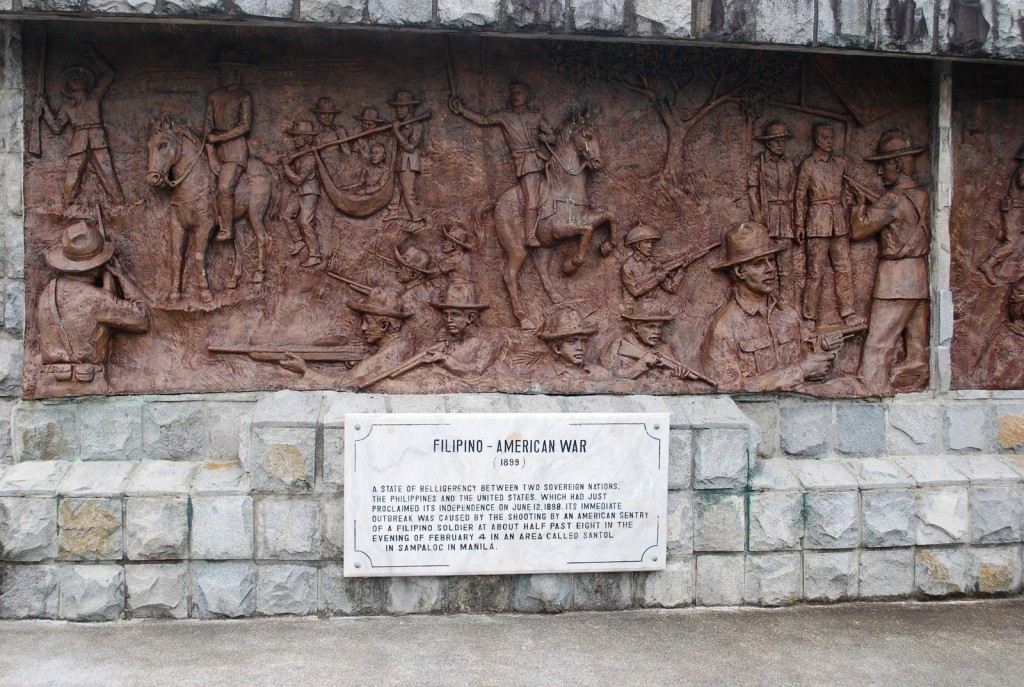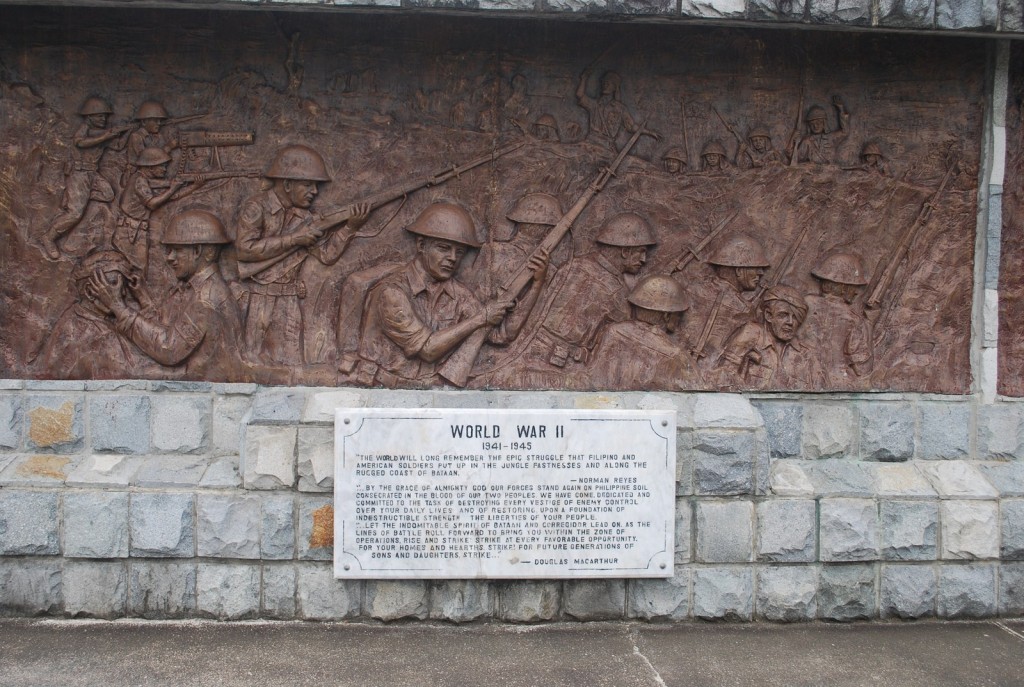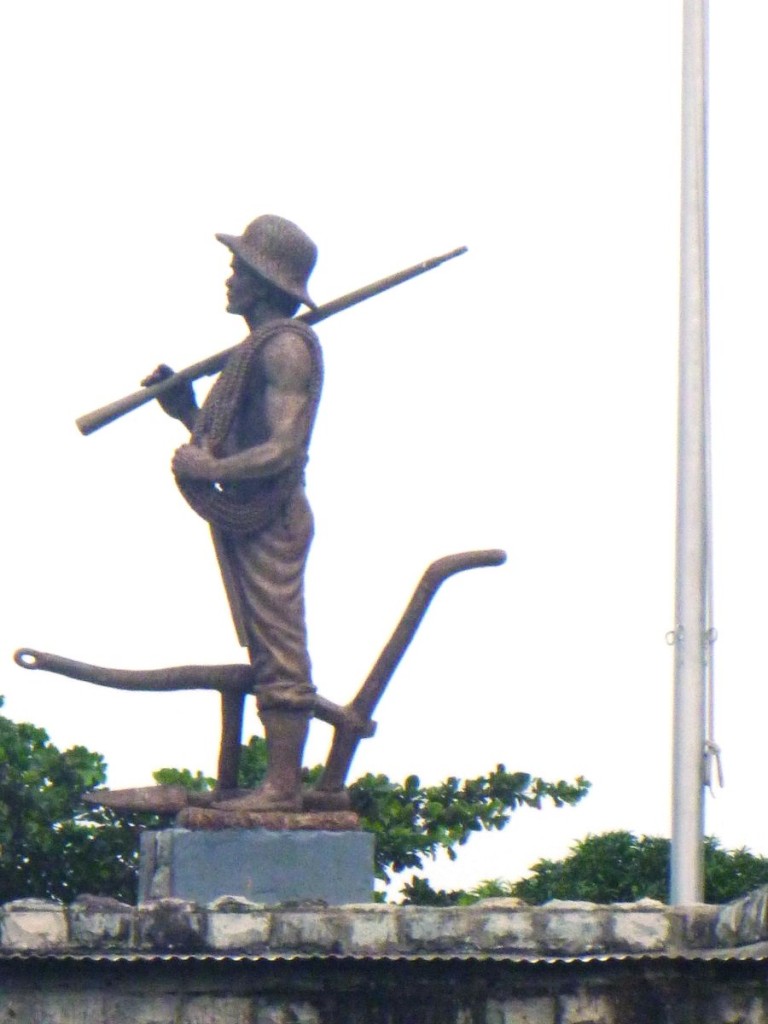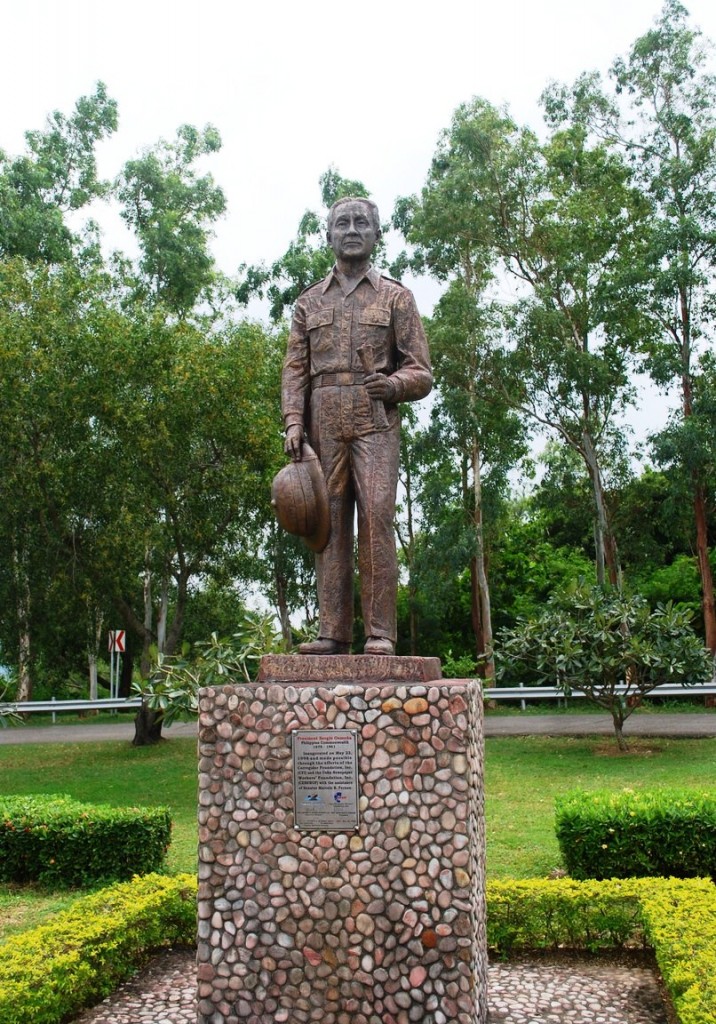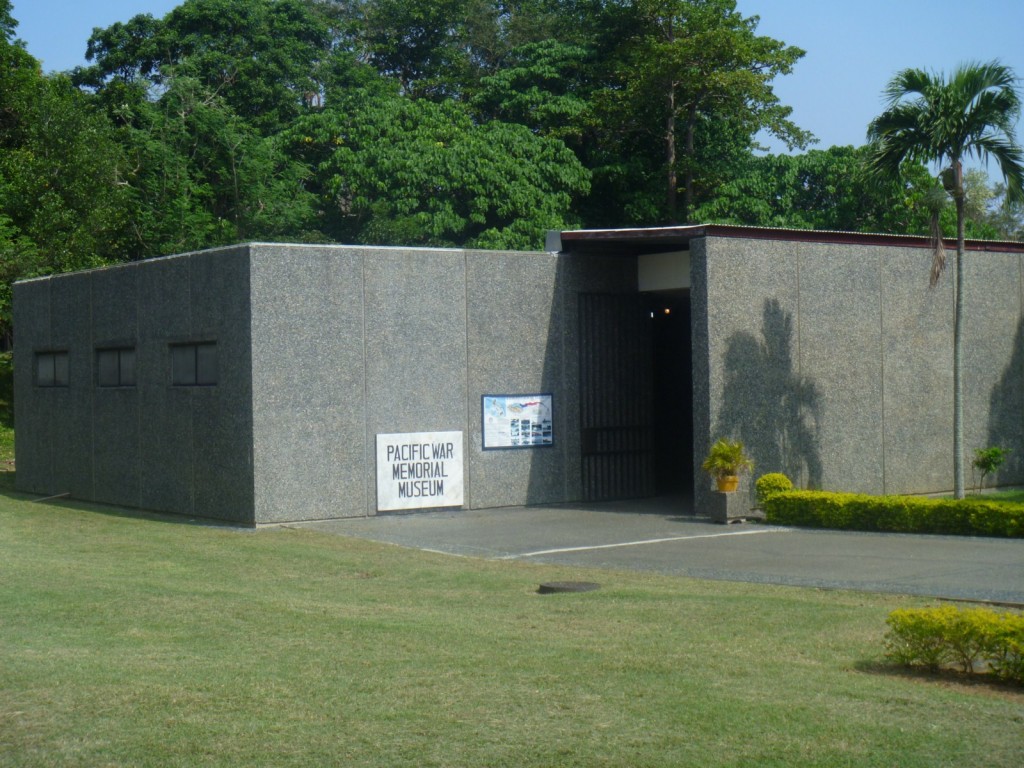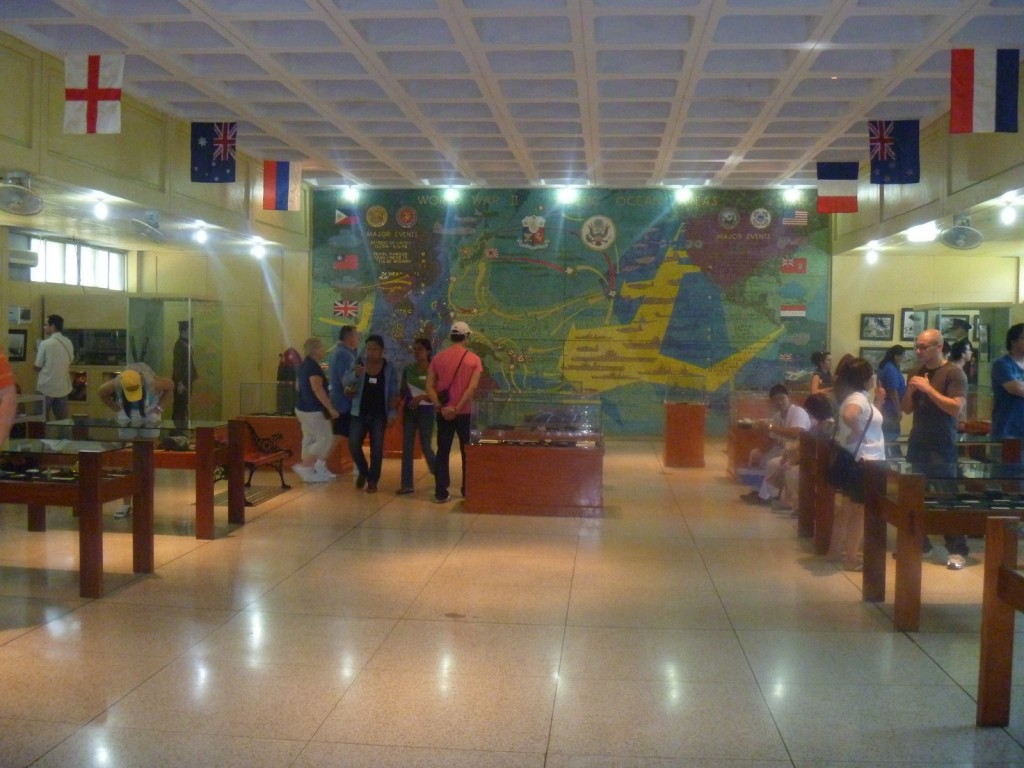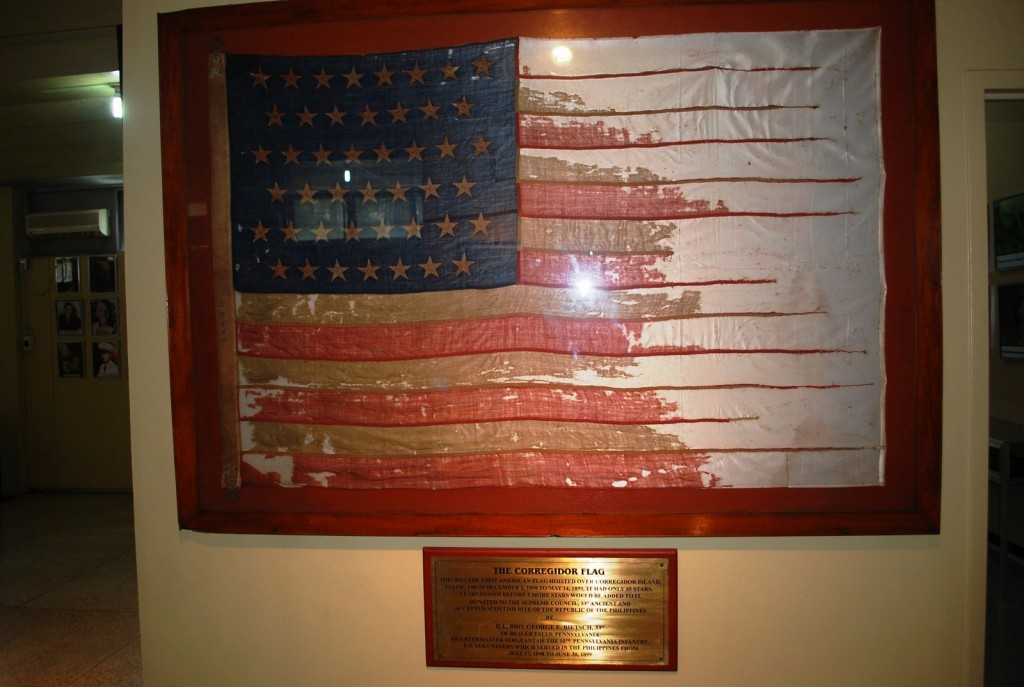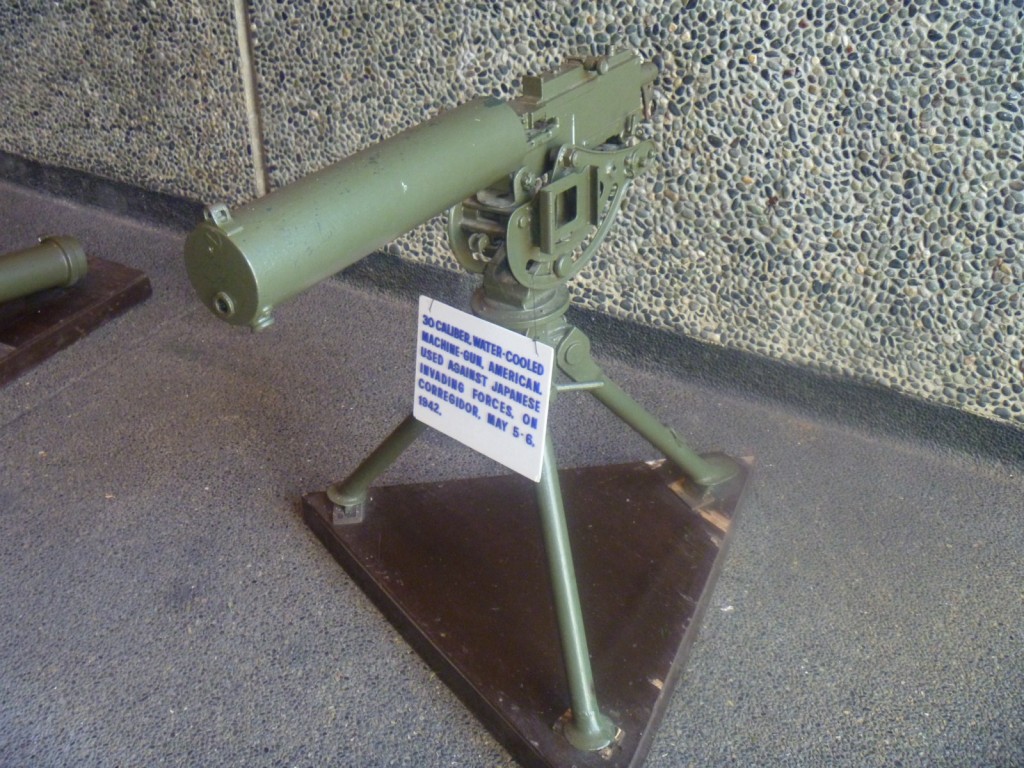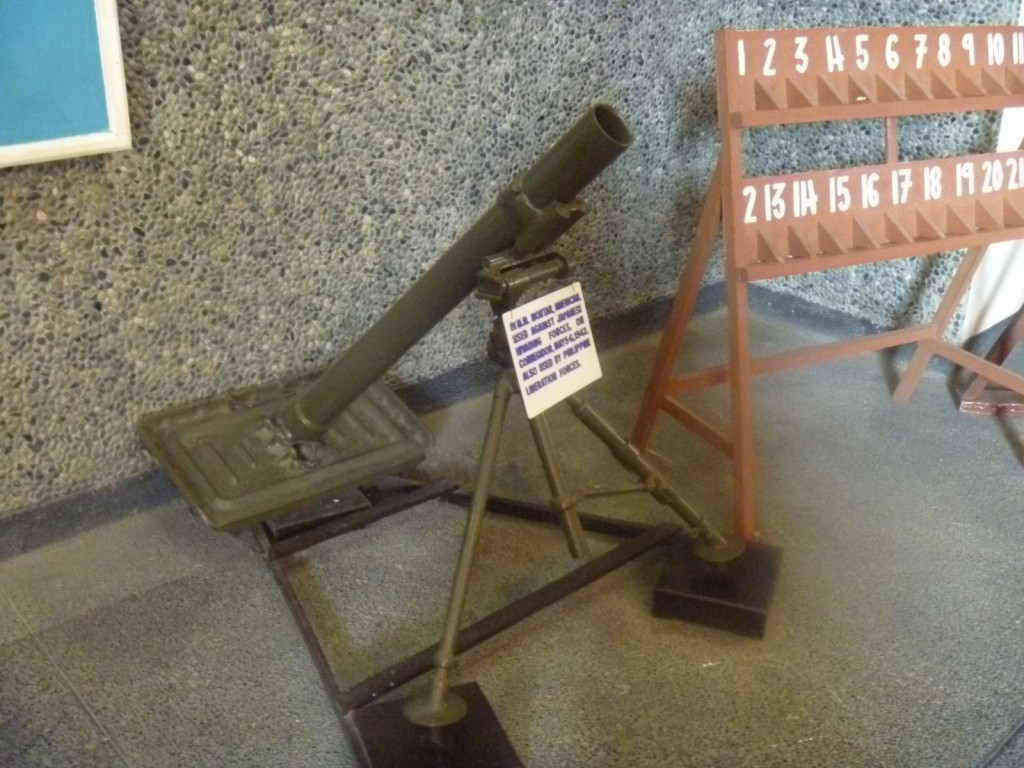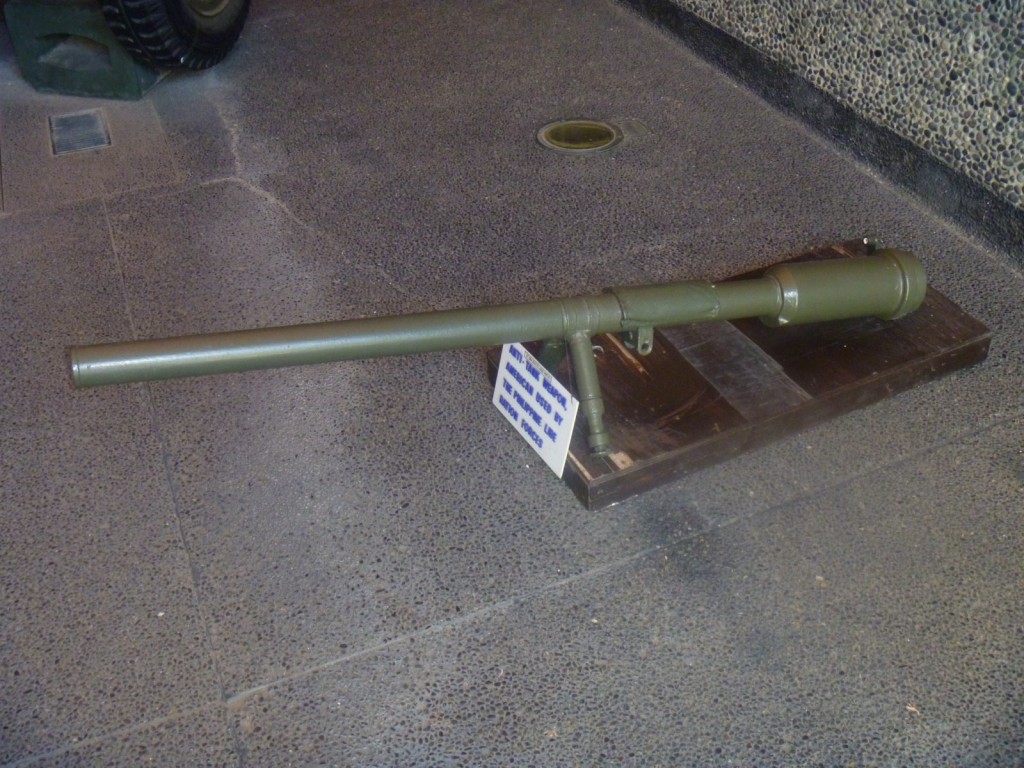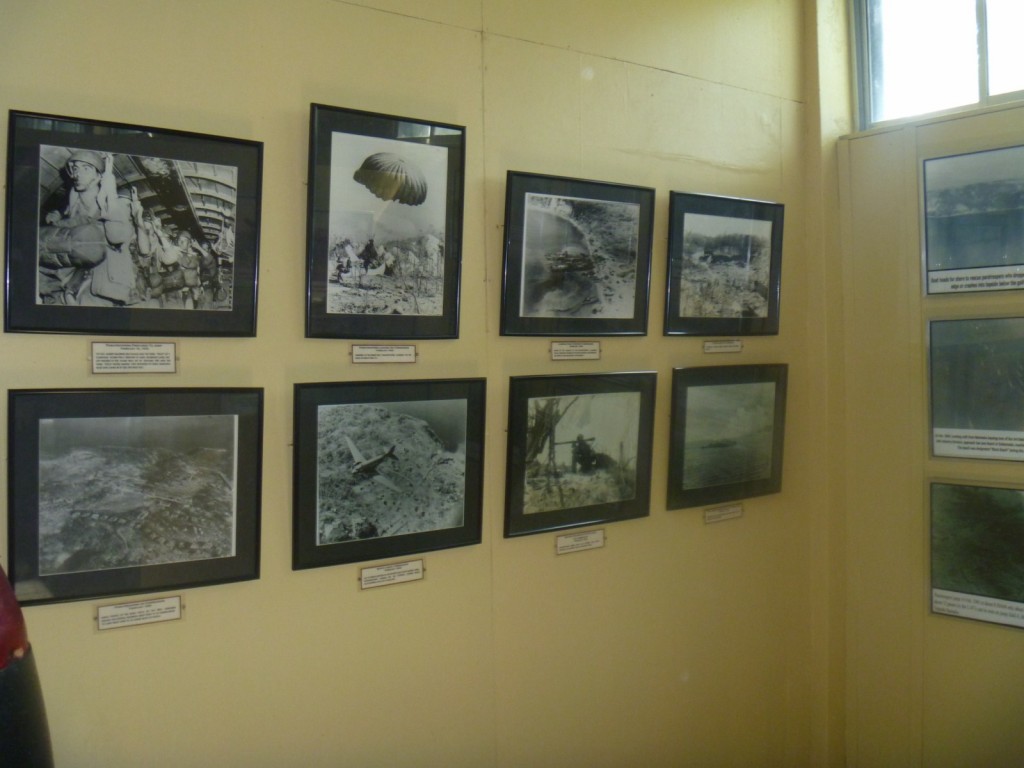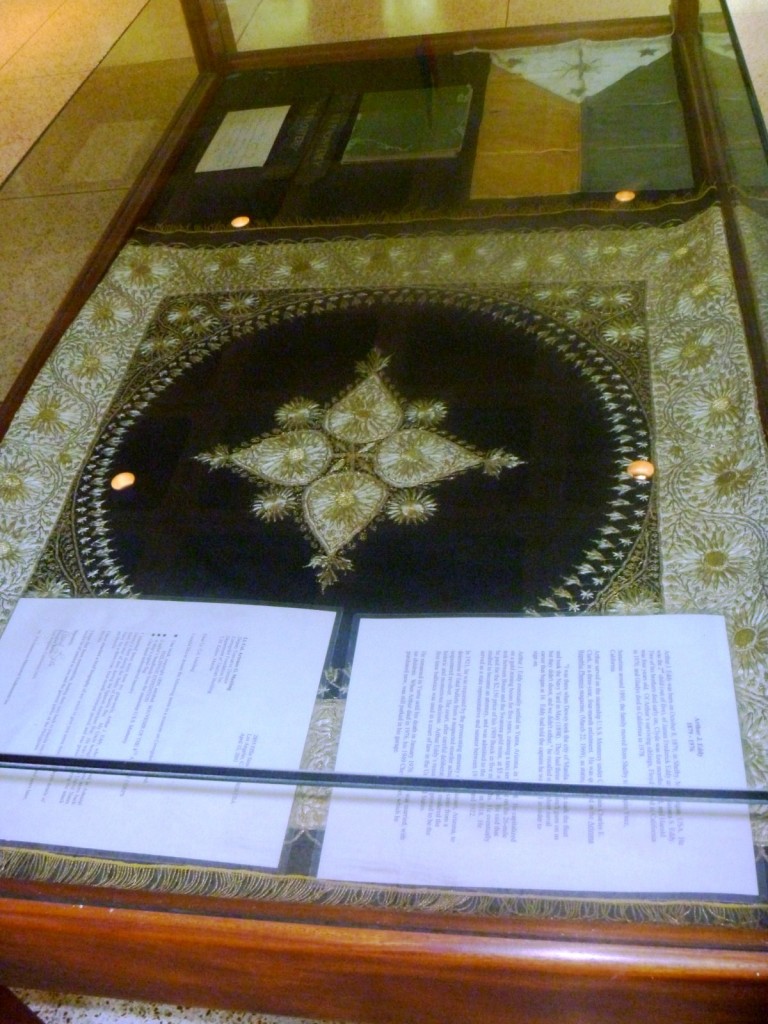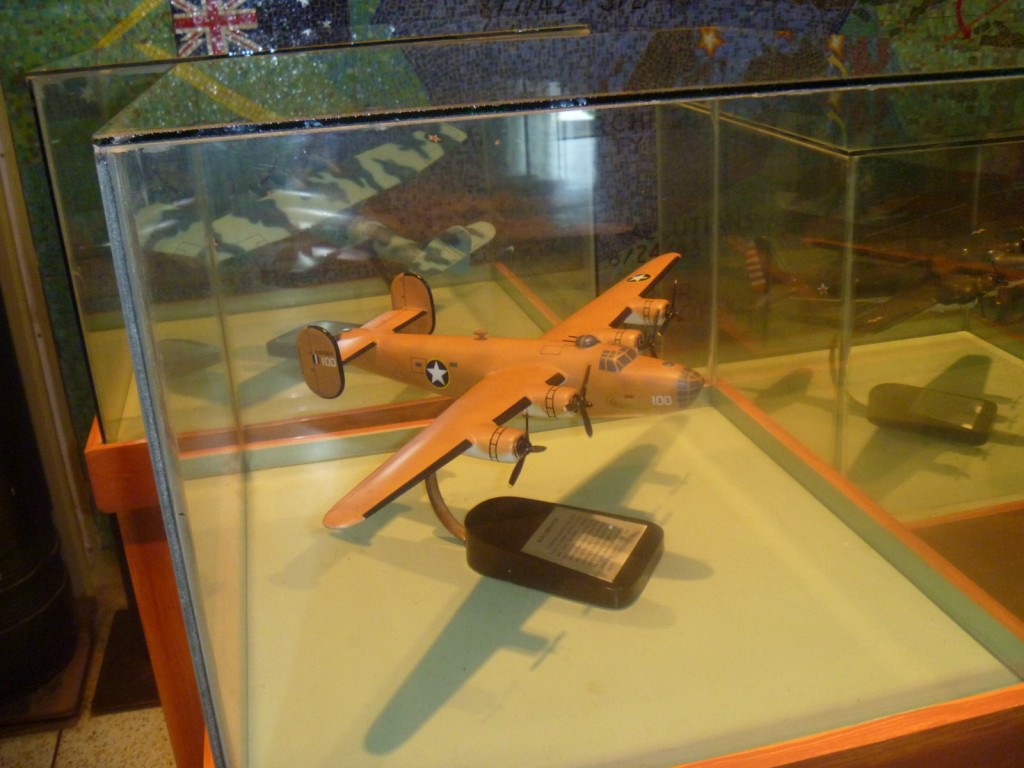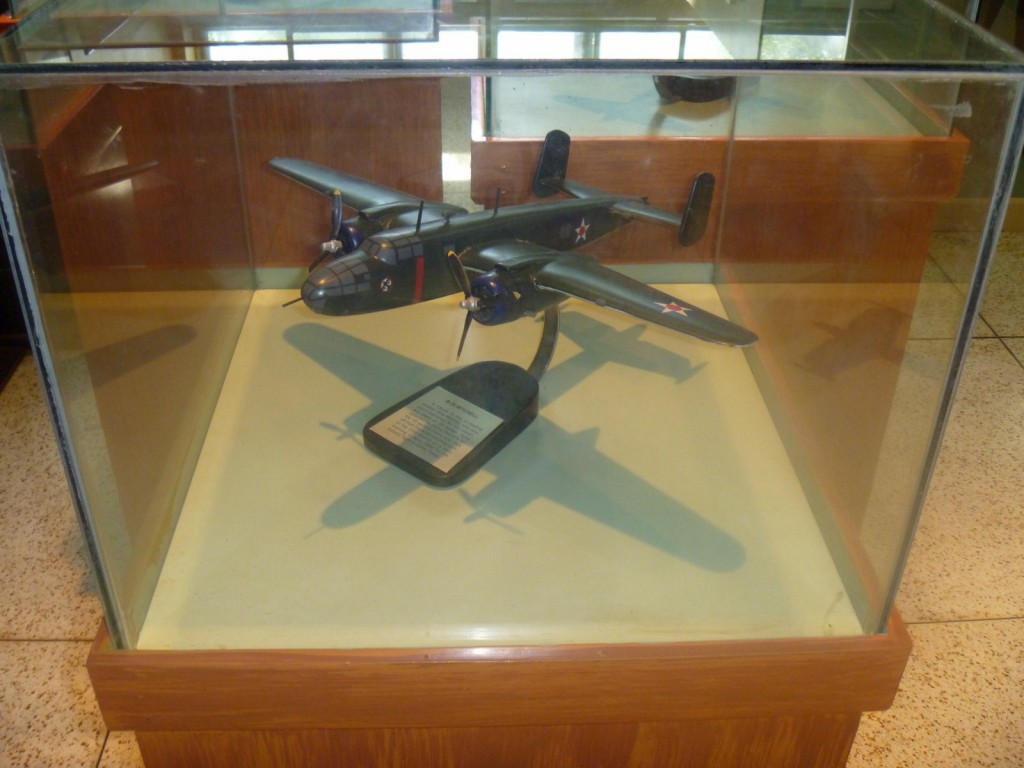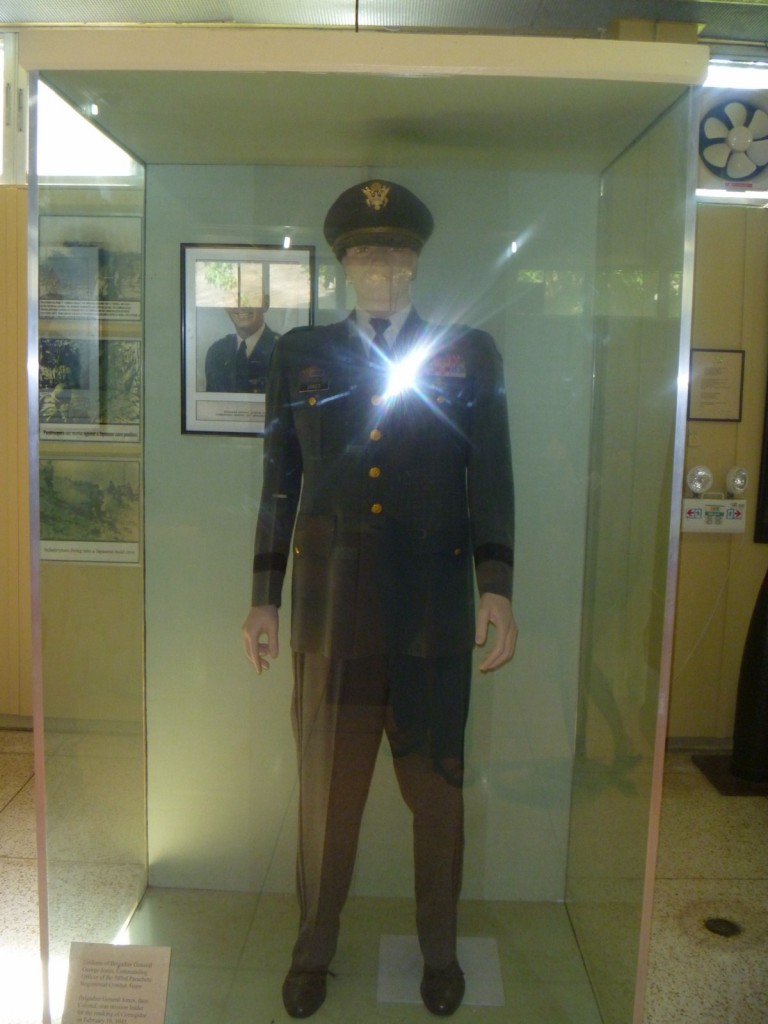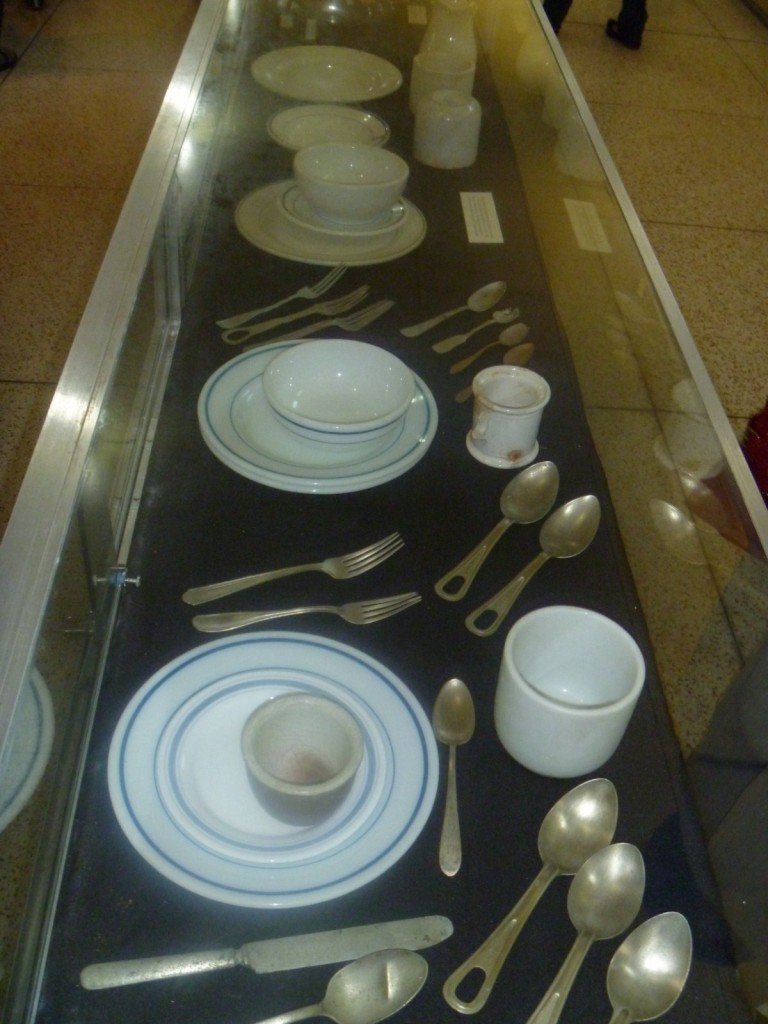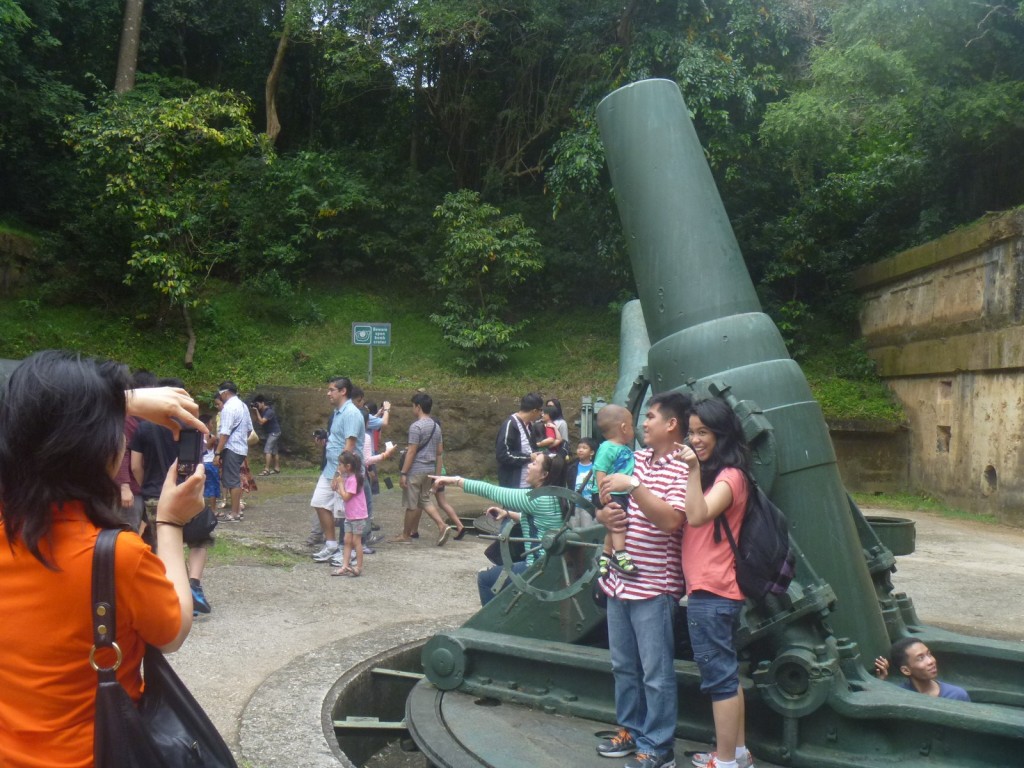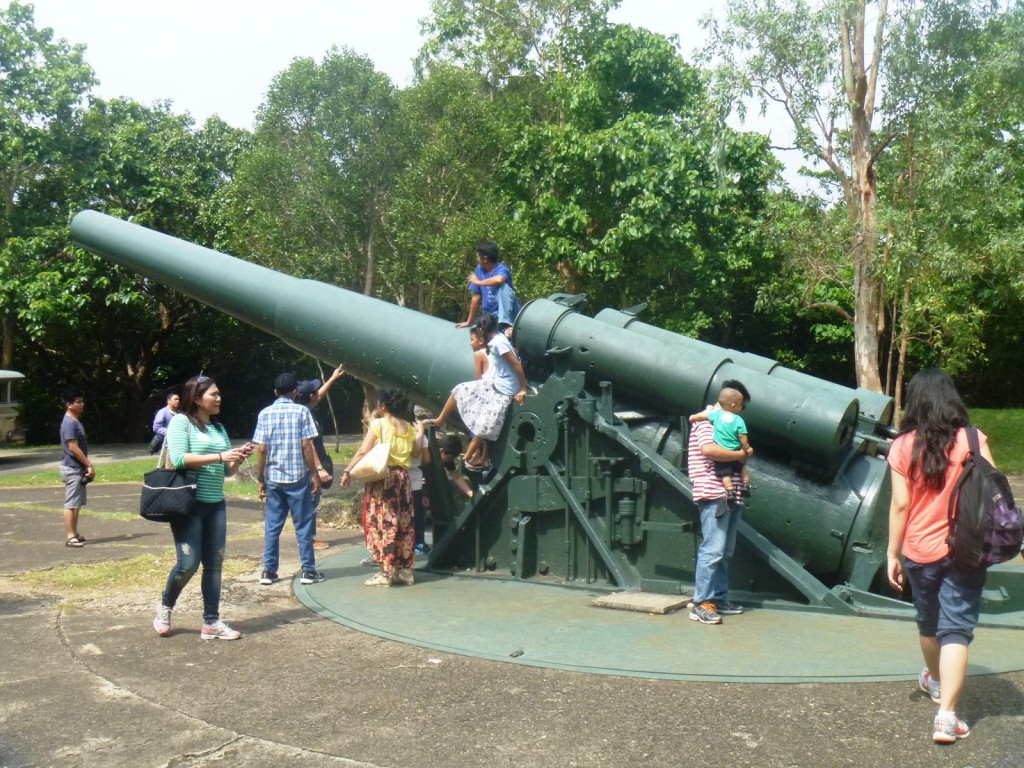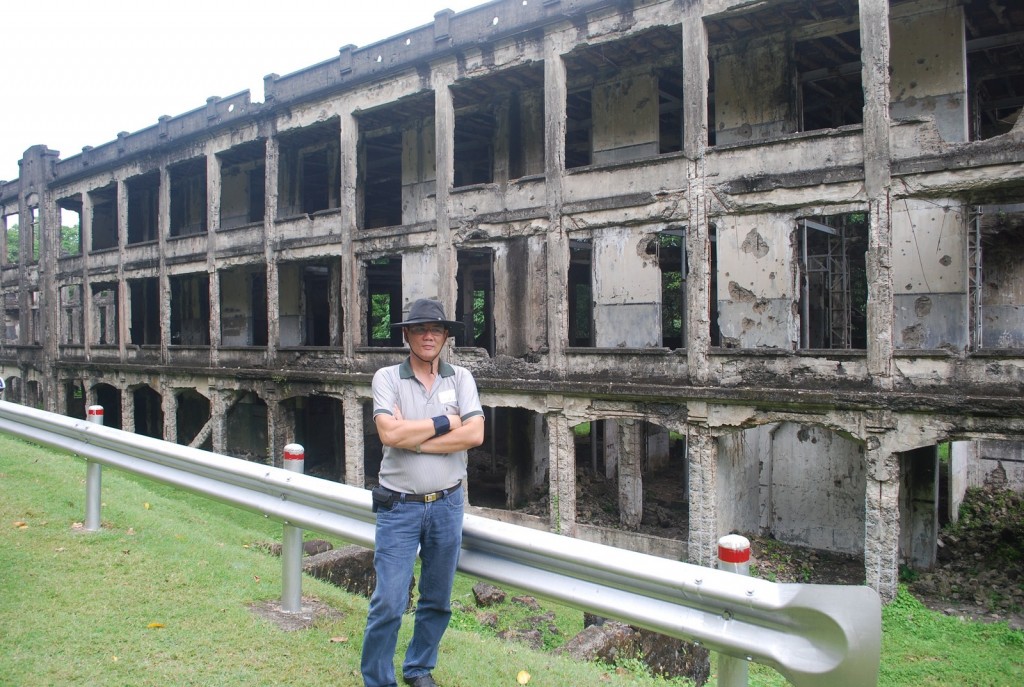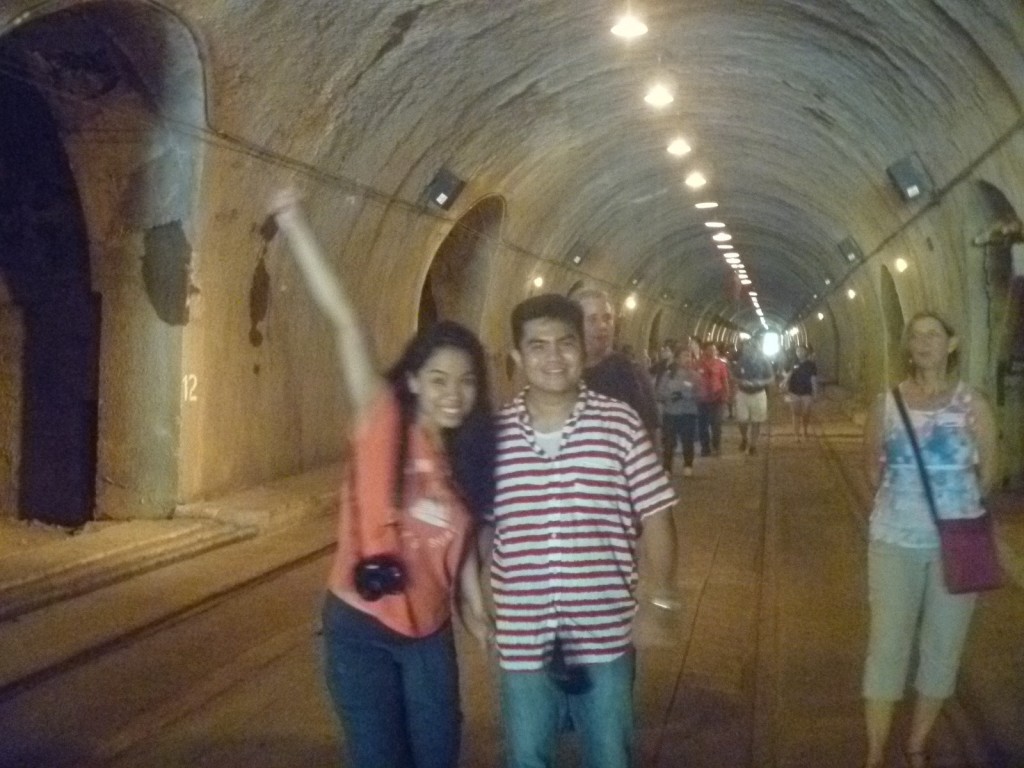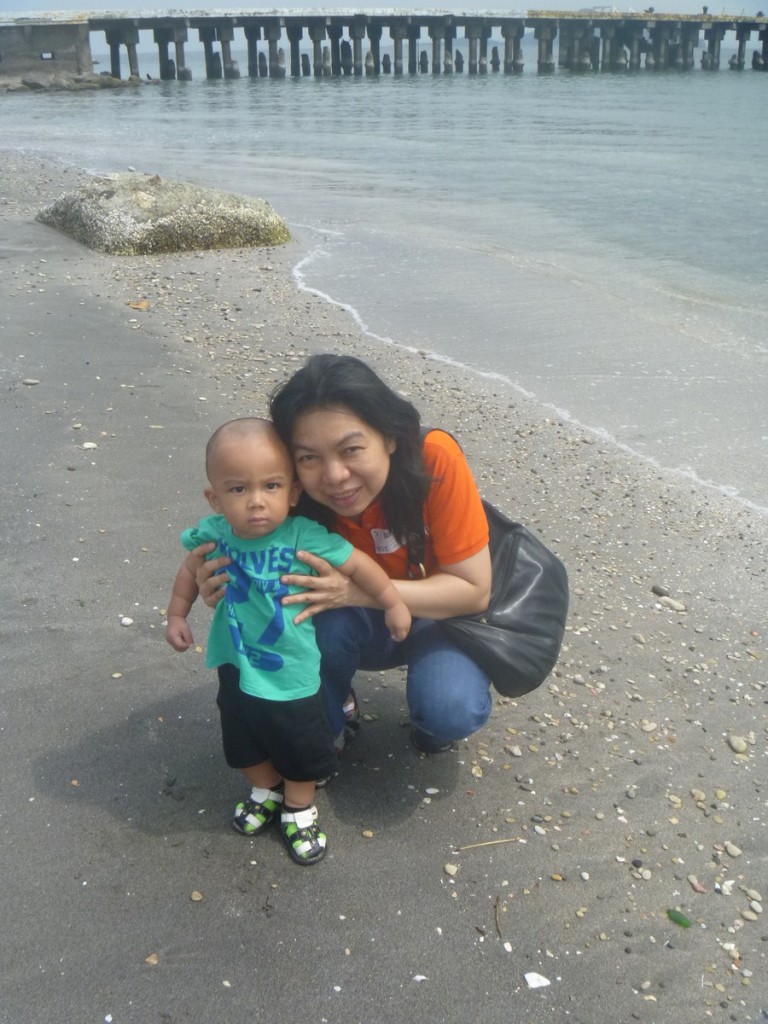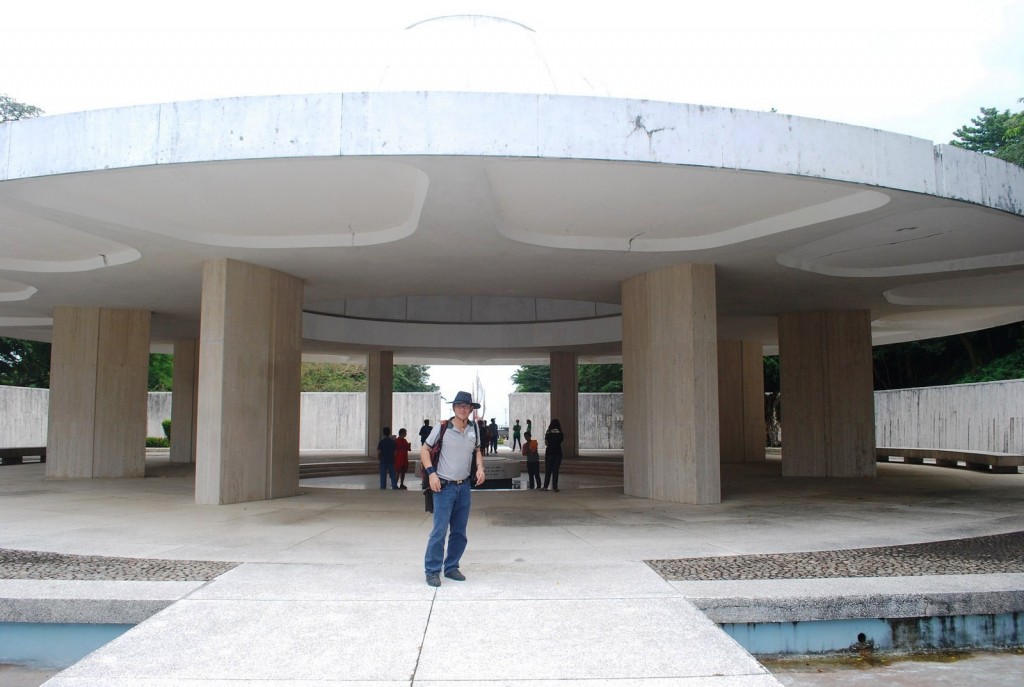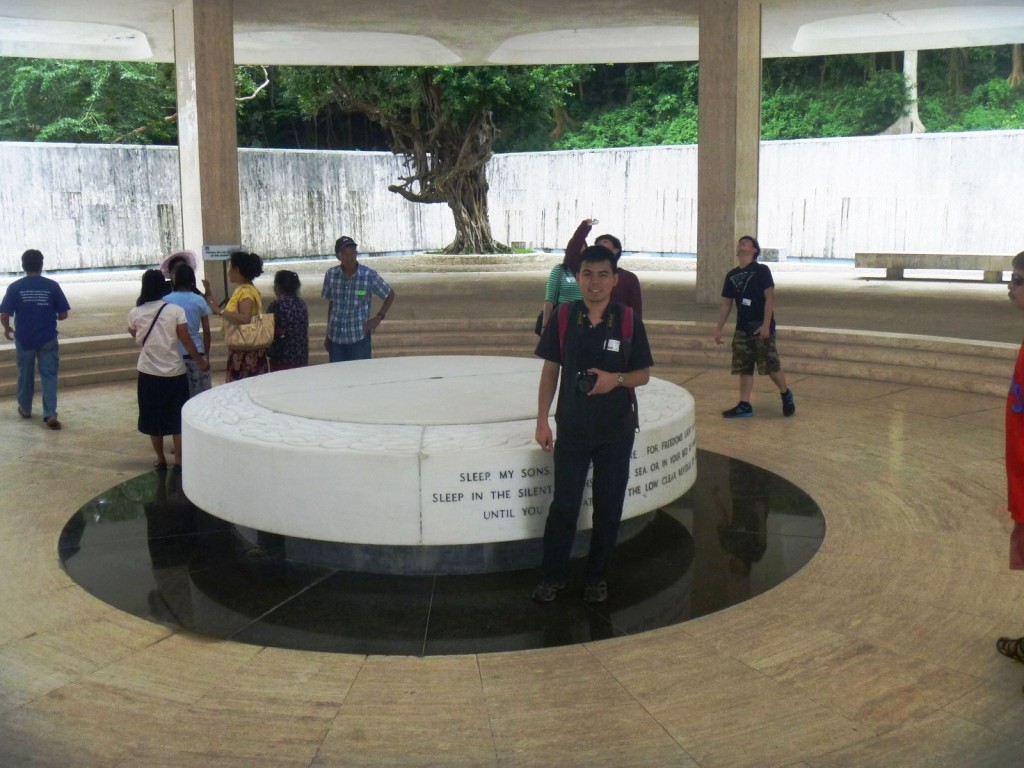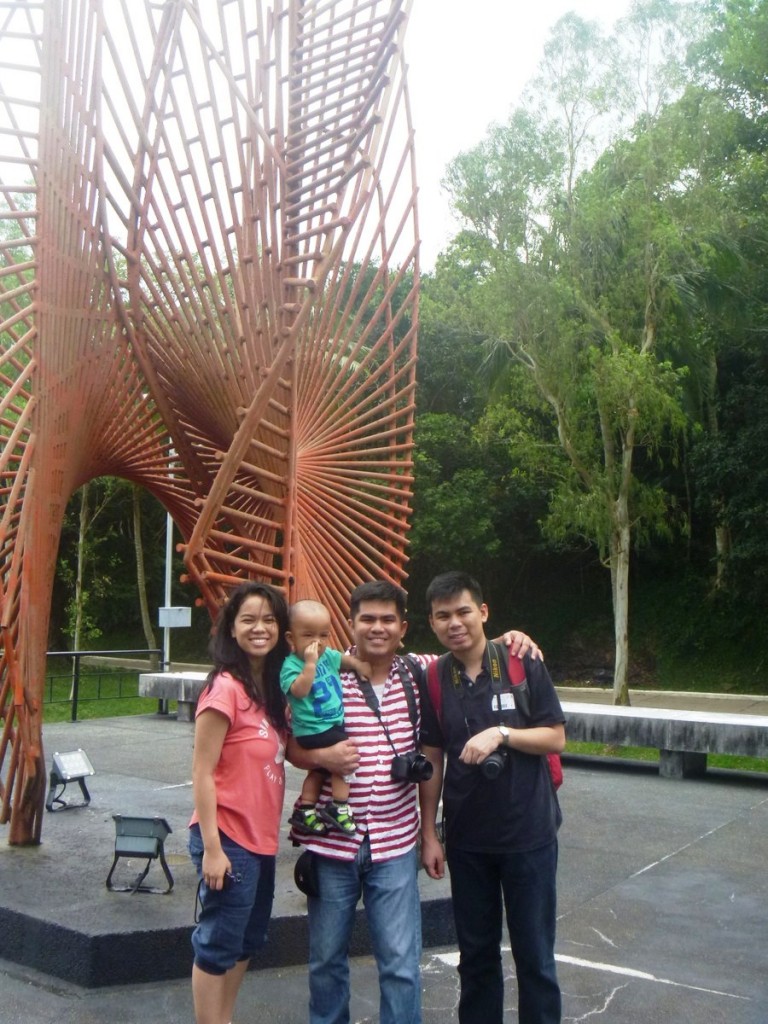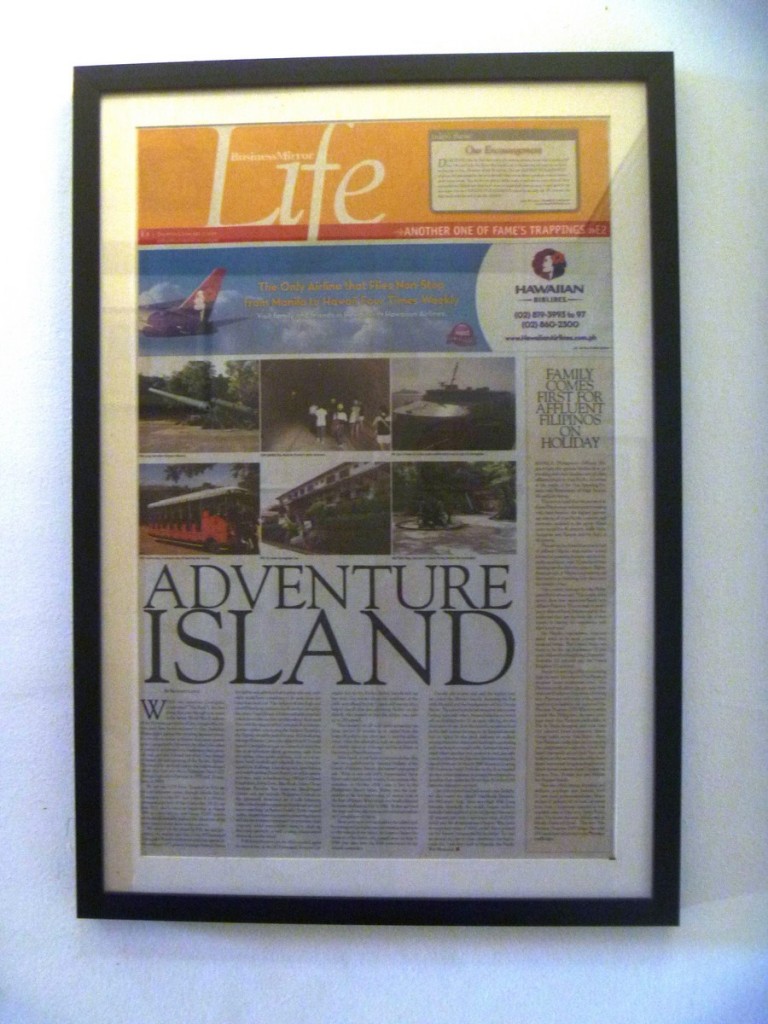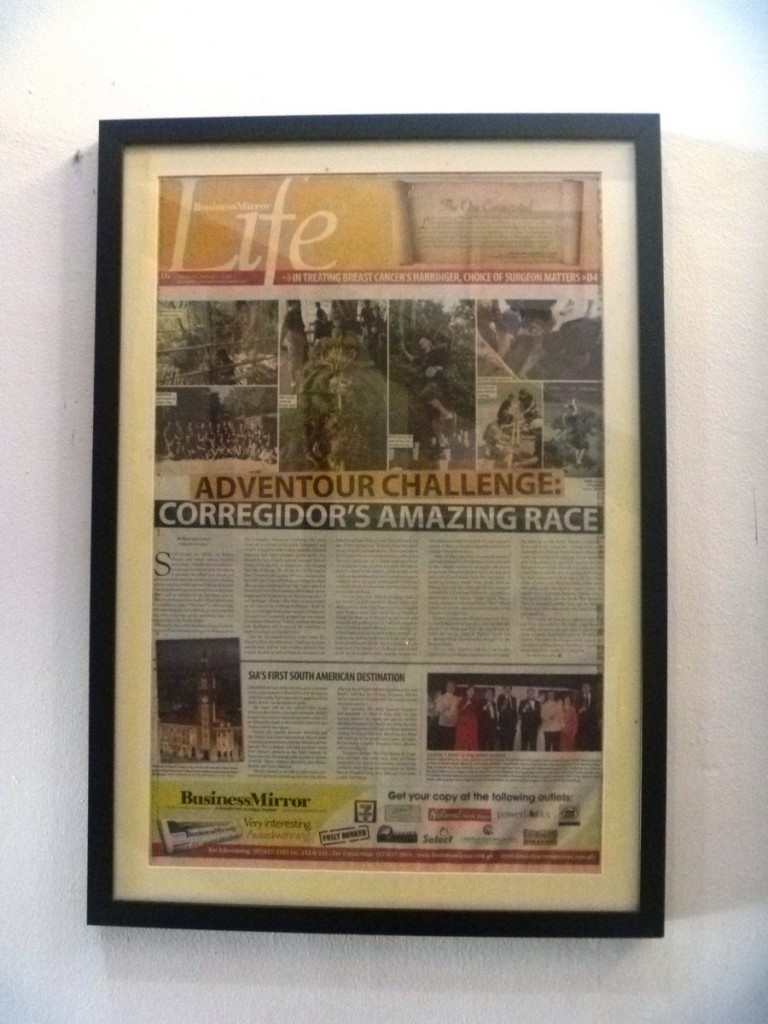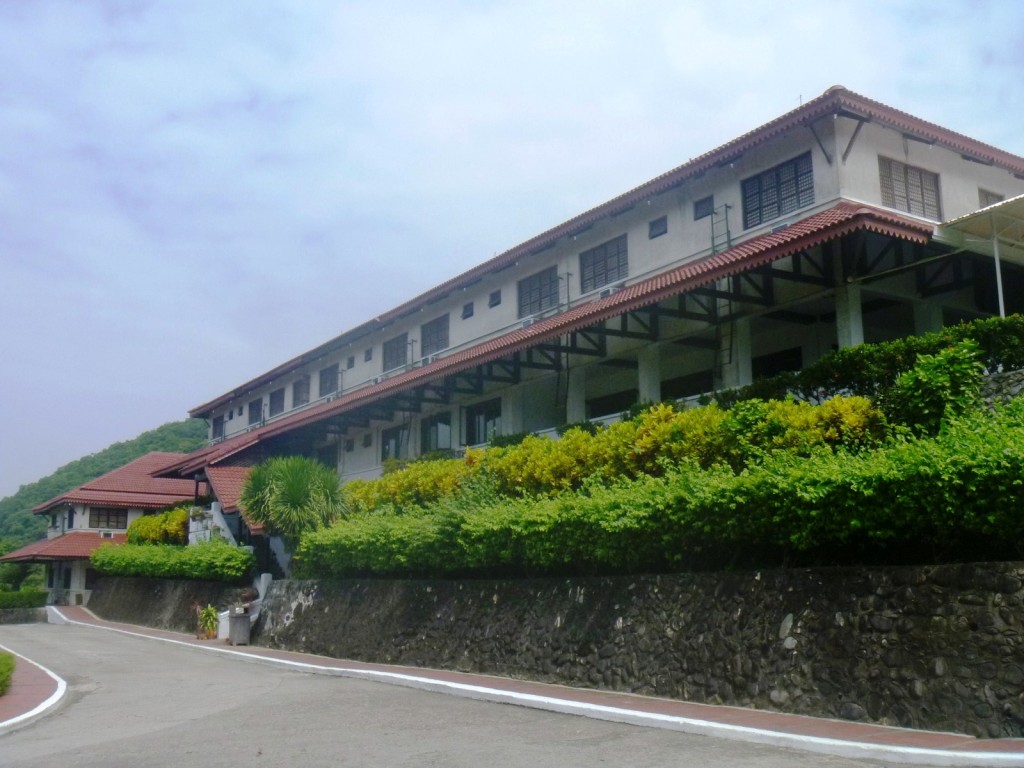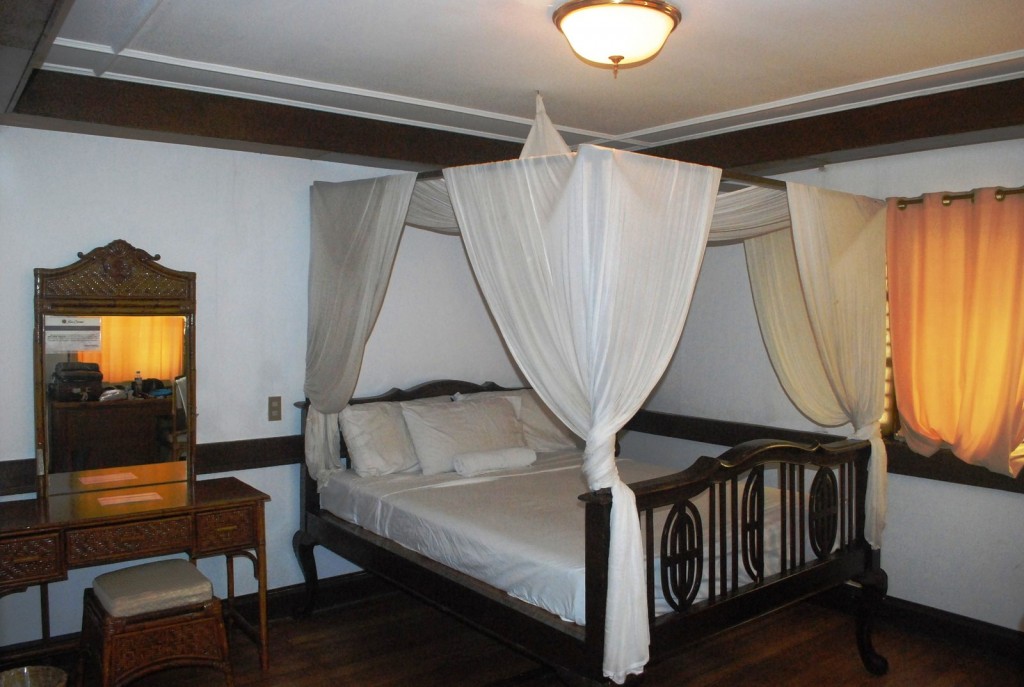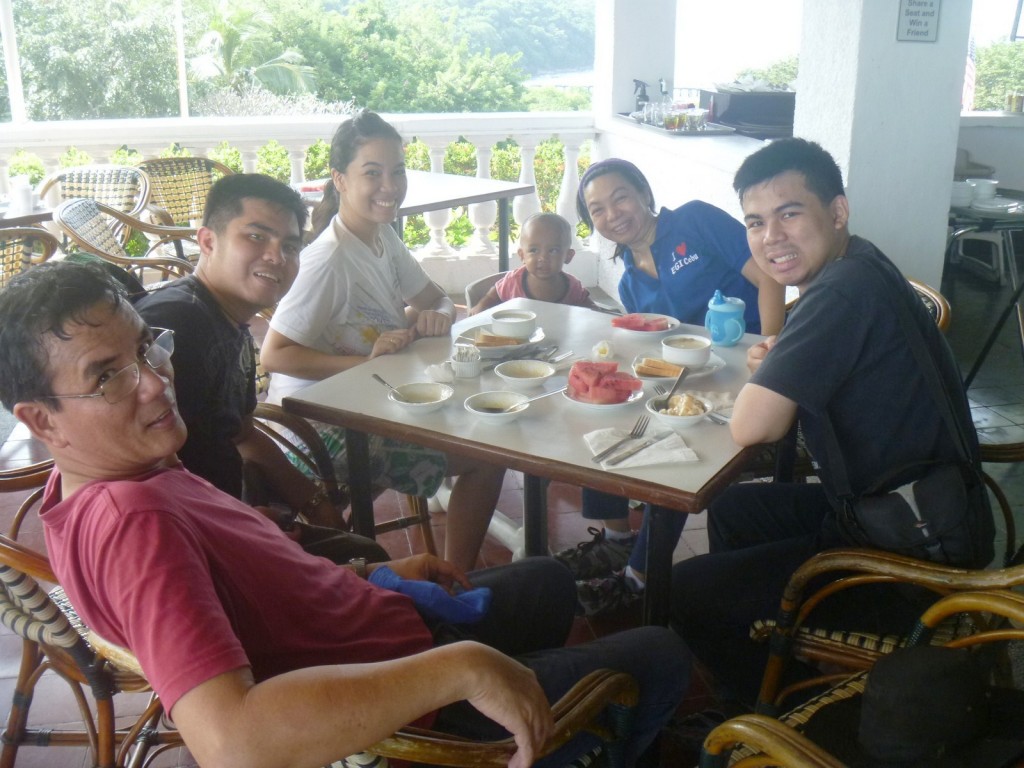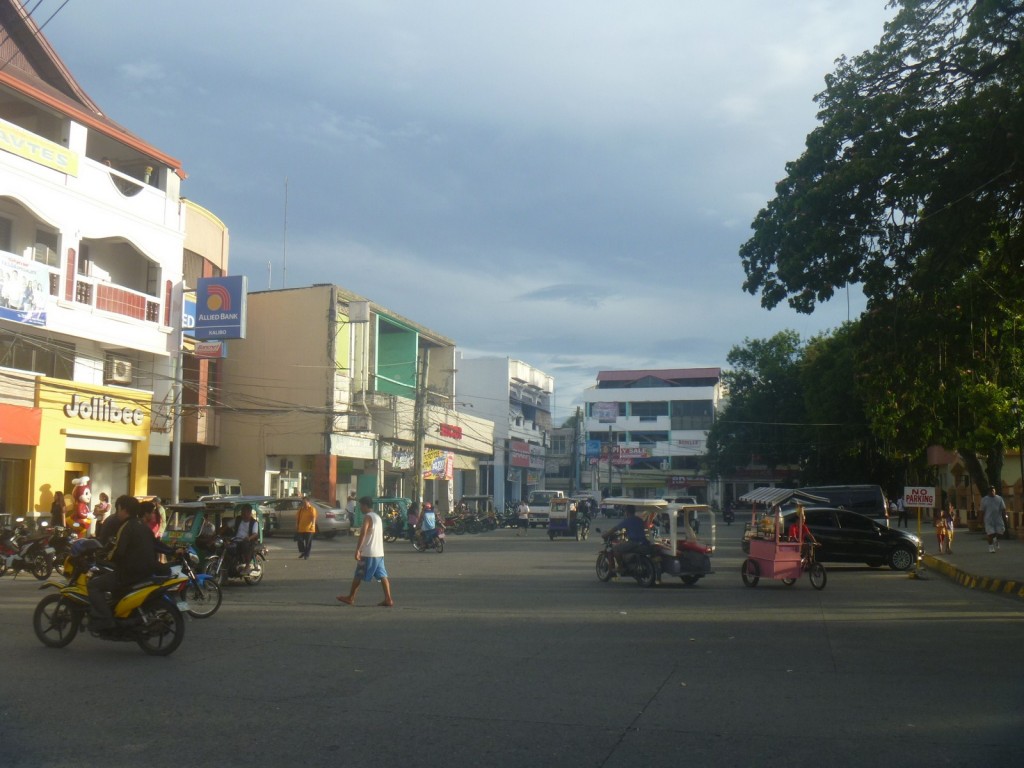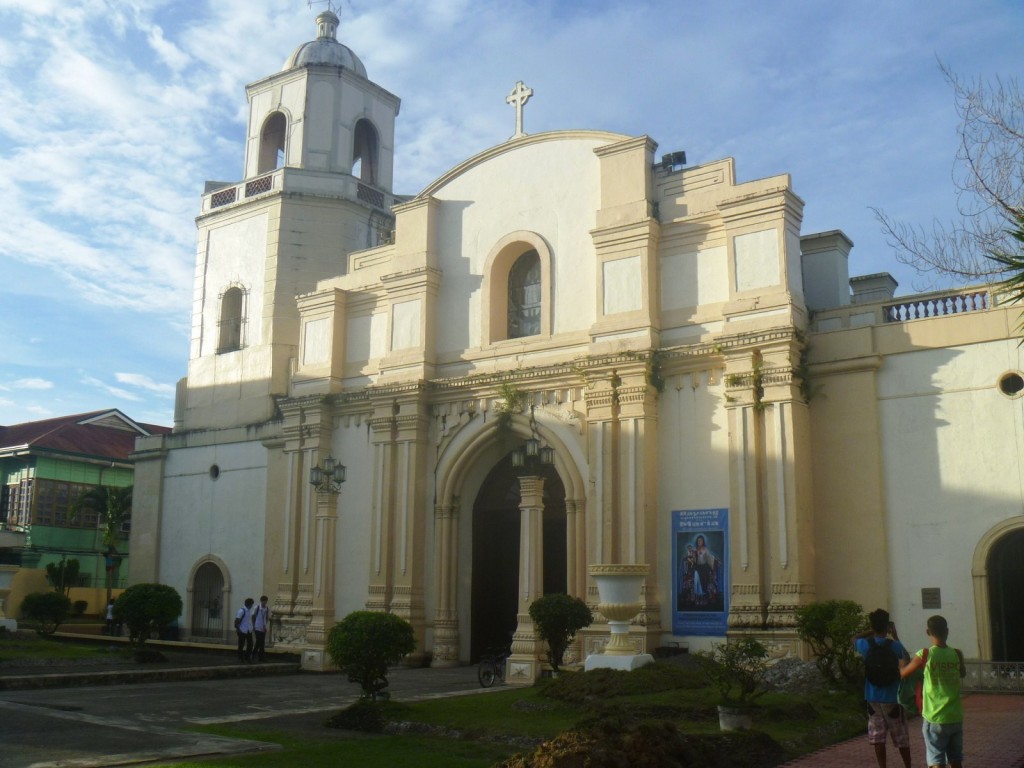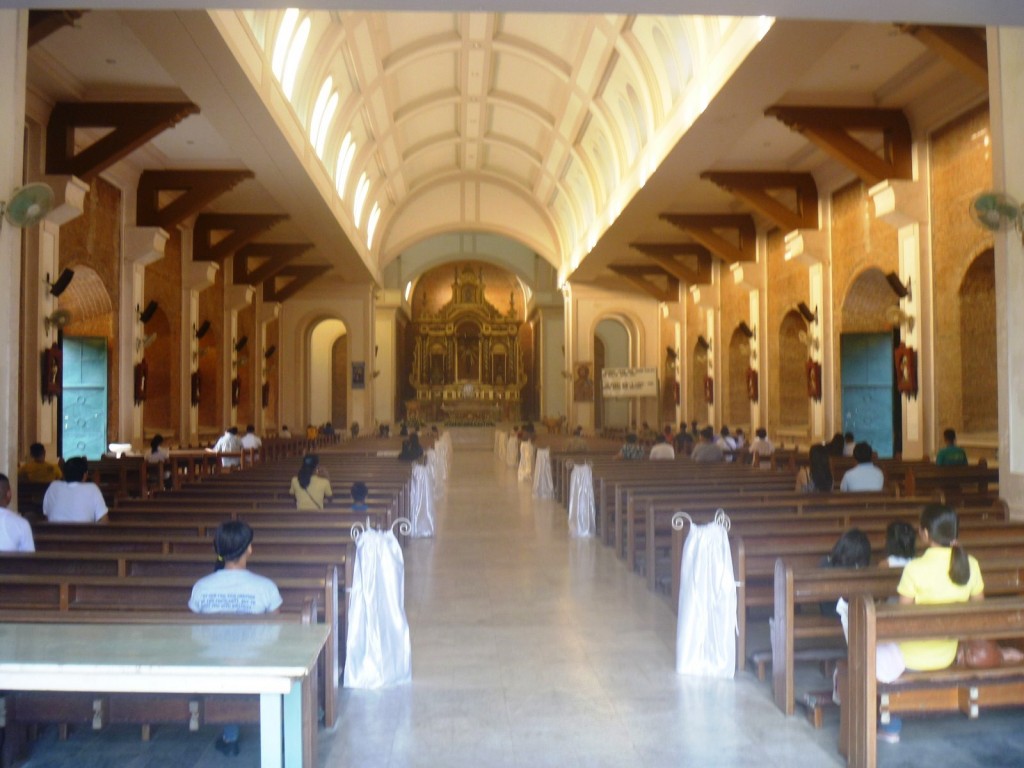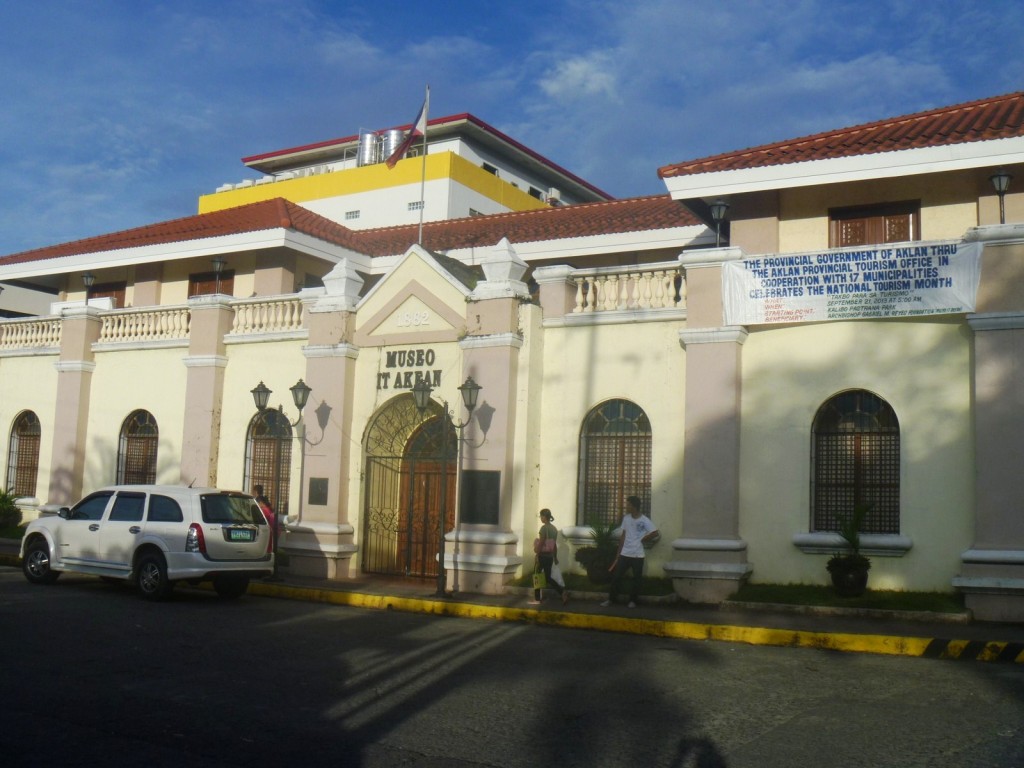After a one-year hiatus, we returned to our new tradition of spending New Years Eve at a hotel, away from the noise (and the smoke pollution associated with it) of firecrackers and fireworks. More so now as I have my one year grandson Kyle with me. This time we spent it at the Dusit Thani Manila, right in the heart of Makati’s financial district.
Surrounded by malls (SM Dept. Store is right across), restaurants, bars and boutiques, its location, aside from its affordability (it was the most reasonably priced of the 8 hotels I checked out), is the hotel’s most outstanding feature, it being along EDSA, one of Metro Manila’s major thoroughfares, which abounds with buses, taxicabs and what have you. The hotel is also located about 200 meters from the Ayala MRT station.
Formerly the Manila Garden Hotel and, later, the Japan Airlines (JAL)-owned Nikko Hotel Manila, it was acquired by the Dusit group (one of over 22 properties owned in Thailand and overseas) in 1995 and was renamed Dusit Hotel Nikko. On April 2008, it was renamed Dusit Thani Manila. The hotel underwent an extensive US$20 million renovation which included a state-of-the-art monochromatic beige-colored repainting of its facade. In 2011, it won 15 prestigious trophies (including “Hotel of the Year”) from the Singapore-based Hospitality Asia Platinum Awards (HAPA).
As I approached the hotel’s driveway, what first comes into sight is its Patrick Blanc-inspired vertical garden, with its 5-piece, 8-meter high green wall. While bringing an aesthetic beauty to the surroundings of the hotel, it also has a significant impact on environment and atmosphere as it specifically lowers the temperature at the driveway, especially when the afternoon sun rays hit the entrance. Its water feature also helps cool the air that passes through the open spaces between walls. In recognition of these efforts, the hotel received a 2012 Silver certification by Earth Check, a globally renowned organization that grades environmental standards.
Upon entering the hotel’s spacious, impressive and tastefully decorated lobby (with its tall, decorated Christmas tree), I noticed the lobby’s columns which were covered in real, elegant gold leaf, just like temples in Thailand. While checking in (ultra fast to say the least), i was given a cold, herb-infused towel that refreshed me with its subtle fragrance.
We stayed in an luxurious de luxe room with 2 comfortable double beds (Rm. 1153). Our room, like all the others (the hotel has 538 rooms) at Dusit Thani Manila, are equipped with state-of-the-art facilities such as LCD flat screen TVs with satellite channels, a work desk, minibar, mini fridge; in-room safe; coffee and tea making facility, air conditioning and free (and surprisingly fast) wi-fi. Our ensuite bath had a bathtub. They even offered, free of charge, a Disney-inspired baby cot for Kyle. Some of the other rooms benefit from Executive Club lounge access which offers complimentary drinks and snacks.
Come 8 PM, we attended a New Year’s Eve anticipated mass at the Molave Room at the mezzanine floor. Though we didn’t avail of the the hotel’s New Year Countdown Package, we were still regaled by the fireworks display from our hotel room window which faced EDSA. As I enjoyed the pyrotechnic spectacle with my family, I thank God for bonding moments such as these and I also prayed that others would also experienced what I felt.
The next day, we had breakfast at Basix, the hotel’s ground floor, 24-hour coffee shop. As the hotel was fully booked, tables and chairs were set up at the hotel lobby to accommodate the guests queuing up for a breakfast buffet of delectable international options. It included cold cuts, ham, bacon, cheese, bread, pancakes, fruits, etc..
Dusit Thani also has 3 international restaurants.Western Tosca Restaurant, awarded “Most Exquisite Dining Experience” in 2011, offers Italian cuisine. UMU Japanese Sake Bar & Restaurant, awarded the “Most Cosmopolitan Bar and Restaurant” in 2011 by HAPA, serves Japanese food and its private rooms offer views over the hotel’s highly-maintained and beautifully manicured Japanese Garden and koi pond. The second level Benjarong Royal Thai Restaurant, awarded “Most Authentic Asian Cuisine Restaurant” in 2012 by HAPA, serves authentic Thai dishes.
The hotel also has meeting and banquet facilities; an outdoor swimming pool; spa (Devarana – awarded “Signature Spa Experience” in 2011 by HAPA); business center; VIP room facilities; flower shop; 24-hour front desk; barber shop; beauty parlor; 24-hour medical clinic; souvenir/gift shop; and wellness center (DFit).
They offer express check-in/check-out; luggage storage, 24-hour room service; airport shuttle; laundry; dry cleaning; ironing service, currency exchange; shoe shine, car rental; tours; safety deposit box, massage and fax/photocopying service.
Dusit Thani Manila: Ayala Center, Makati City. Tel: (632) 238-8888. Fax: (632) 238-8800. E-mail: dtmn@dusit.com. Website: www.dusit.com.

